|
I've almost concluded my artist residency at Lancaster West estate. There has been a hiatus to the community project work that has consisted of making large scale drawings for a mural and a short film. The regeneration works on Grenfell tower has entered its final phase and we are also in the festive season when even self-employed artists might be afforded a break. However it was a pleasure to be invited back onto the estate by residents and I attended two contrasting events in December. The first was the Christmas meal for seniors. This was held at Aldridge Academy that has recently been built on the former green of the estate. The meal, drinks and raffle went down exceedingly well. This was the first event organised by the new resident association under the guidance of Clare Dewing and Andrea Newton. I had a chance to film residents and chat to them about the estate and how this area of North Kensington has changed. June Toma: "We've lived here for 34 years and slum clearance in the 6os and 70s has changed it a lot. It's a very multi-cultural area which is lovely. A community is what you make. If you have good neighbours and you're friendly with your neighbours and get on with them - that's important. I think as this generation grows up, it will become more of an up-market area. The housing they are building here is quite expensive. I think it pushes out a lot of young families because they cannot afford to live around here any more." Norman Lewis: "I came here in 1985. The estate has had its ups and downs. But I have very nice neighbours and we are very close. We watch each other's backs. The food today is lovely and its nice to have all the community together." Cllr Judith Blakeman: "Today we are reviving the Lancaster West pensioners christmas dinner. We couldn't have one last year because of the building works. It's always the most fantastic event. The estate is becoming a coherent community partly due to the building works and what residents have gone through. This has really brough residents together. It would be a huge shame if this community was destroyed. The big problem is central government policy towards social housing and that's what's worrying us." The second event was a mediation meeting between residents of Grenfell Tower at Lancaster West estate and the Tenant Management Organisation (TMO) that run the estate. Also in attendance were the local councillor and MP. I have been to several meetings and residents are now comfortable with me ether filming or sketching during the proceedings. Let me give some background information. Grenfell Tower has had a £10 million regeneration with new double glazed windows and heating for each flat; the latter has involved a complicated overhaul of the 1970s boiler system. There has been an upgrade to the exterior cladding of the building. In addition to this, new flats are being created and hopefully providing much needed housing at affordable rents. The nursery and boxing club will both be returning to much improved facilities in the building. Despite all this positive regeneration, there has been a bitter dispute between a large number of residents and the TMO; specifically regarding the location for the new boilers in each property. The newly formed Grenfell compact group that represents residents in the tower has also called for an independent investigation into how the TMO have managed the regeneration. One issue that Lady Victoria Borwick, MP, constantly reiterated during the meeting was the pressing need to set aside differences and for all residents to cooperate with the TMO in getting heating and hot water supplies completed in time for Christmas. Over the past year many residents have refused to let contractors commence work in their flats. This has resulted in some of them being threatened with legal action as the TMO has a responsibility to complete the works. In the run up to Christmas the last few properties were having work done to install new boilers and radiators. As an artist working with the TMO on community engagement it has not been an easy residency. I have hopefully overcome initial skepticism about art being a waste of time and money. I have embedded myself very closely with the community in an attempt to reflect all shades of communal life from vibrant tinsel to more sombre monochrome. So let me raise a slightly chipped glass and propose a toast to Lancaster West; to all residents who live on the estate and all the personnel from the TMO who manage the 1200 properties. I look forward to finalising designs of the mural with residents and to work with the TMO in celebrating the 40th anniversary of Lancaster West next year.
0 Comments
The story so far. An alien space ship is drawn to the mythic high rise structures and Westway (A40) in North Kensington. TX1 the leader of the alien race has decided this was a suitable location to make contact with earthlings rather than equivalent structures at Stonehenge and the Houses of Parliament (too much static and interference detected at the latter). 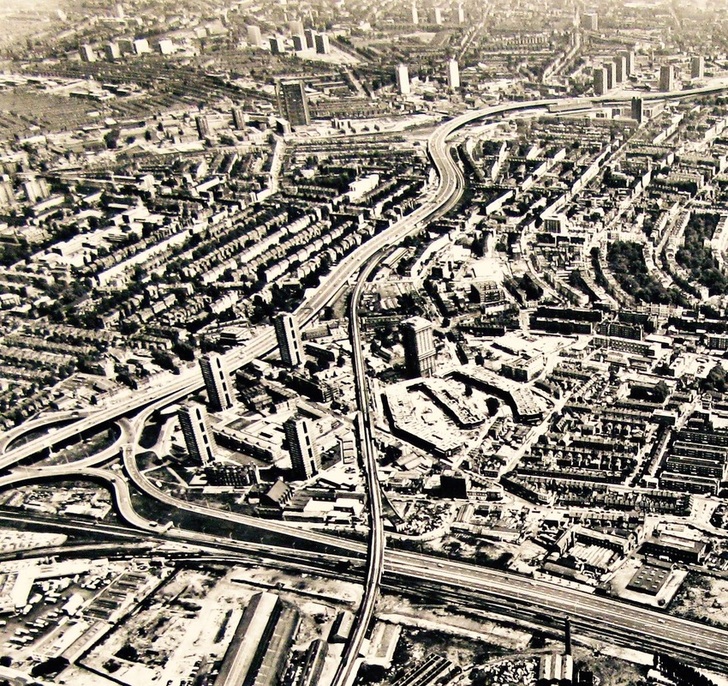 A local ritual, a fair, is taking place on the green which the locals call estate. Those assembled are feasting, singing and dancing and the universal translator has detected a rap in Christian religious style. There is no threat level although the atmosphere contains noxious hydro-carbons which are a by-product of the engines they use in four-wheeled mode of transport. TX1 after eight light years of travel through cosmic dust and zero gravity is impressed by the colours of life, especially the shades of green which reminds her of the fertile fields of her planet. This word, cool, is used a lot and the children like the gladatorial sports, especially football. Should I tell them that their local tribe, QPR, will one day win the double? Bobby Zamora seems to be a local God. These humans live life in alternating patterns of work and domestic relaxation. The younger ones are happy to write these words on a sheet of paper: awesome, cool, delicious. I do not tell them that I cannot stomach the food they offer, it does not agree with my metabolism. But I find the flowers growing nearby very edible. Who planted these? They should be praised. As TX1 flies away from Silchester Estate and planet Earth, she takes away memories that are cool and has a few seed cuttings that will be transplanted into the soil of her home planet.
An important aspect of engagement at Lancaster West estate is becoming part of the local community. I've attended residents meetings and social events. Set up spaces on the estate where residents can engage in art or reflect on archive displays. This is not an easy process and takes time. I've had to overcome resistance and apathy. Why do we need art when there are other pressing social issues and money could be spent elsewhere? Hopefully, I have countered these with the energising role that art can make for residents irregardless of age, background or ability. At Grenfell Tower on the estate there is a major regeneration taking place. £10 million pounds has been invested in an upgrade to the buildings facade, windows, heating and in providing new flats and community spaces, including a creche and boxing club. A core of residents have challenged the consultation process and the proposed layout of heating in their flats, specifically the siting of a boiler in the hallway entrance. This has reached an impasse. I have been documenting the residents meetings with their local councillors and Tenant Management Organisation as they try to move forward. My residency at Lancaster West has also involved a series of drawings made in collaboration with younger residents. Getting them to connect with where they live and thinking about how large scale drawings might be turned into a visionary mural. We have four fascinating images each building on the foundations of the other. They range from panoramic cityscapes to multicultural states of mind, from an African savannah to a science-fiction roller coaster ride. I'm not quite sure where we will end up but I am being guided by the imagination of youth.
Lancaster West Art from Constantine Gras on Vimeo. This was the third drawing workshop held at the Lancaster West estate. Children are using their imagination to help me work up designs for a mural. This will be installed in the Grenfell tower as a 3x2m mural made up of wall tiles. The tower is currently undergoing renovation and the art work will probably be located in a new community space. Although not being run exclusively for children, adults seem very reluctant to shed their inhibitions and participate. So it's the children who are having all the fun and we have a clearly defined pattern of imagery taking shape: urban structures, especially the iconic appearance of a high rise tower; self-representation whether this is drawing oneself, or family, or referencing aspects of cultural identity. And given the age range of participants, it's not surprising that animals of an exotic persuasion, are materialising on the estate. Thankfully they are all friendly and well-behaved. In the drawing completed at the last session we had the following:
I have a childhood memory from the 1970s of watching BBC's quaint animated series, Mary, Mungo and Midge. Vivid are the sequences in the lift where Midge (the mouse) would materialise on Mungo's (the dog) nose and press the button to return back to their 8th floor flat in a tower block.
Fast forward to 2015. Residents of Grenfell Tower at the heart of Lancaster West estate are travelling up and down the service lifts; dogs included, but not mice. As they pass reception they find an artist at work sign. This is art in the context of other temporary disruptive sounds and sights as the tower is undergoing a major renovation. A wall display of archive information charts the history of the estate from cult film Leo the Last to ex-footballer Les Ferdinand. But it is the blank canvas and expectant oil pastels that attracts the attention of younger residents. An artist has set the scene and engineered an atmosphere for fun and creativity. Many thanks to Elias, Mimi, Samar, Youssef and Wisal for conjuring this city landscape of reality (the buildings they live in) and fantasy (cosmic imagery). Mums are on hand, Fatima and Nadia, to provide additional encouragement. This is the first sketch for designs that will hopefully be worked up into a 3x2 metre mural. I suspect the finished work will not look anything like this, but will probably incorporate simple elements of floral and architectural design made by the children. We are working towards sharing ideas and creating images. What art work would residents like for their tower block? Do they want an art work? Hopefully I can inspire them on this front. This is the beginning of my 4 month journey for an artist to become part of the community and vice versa. In addition to this 2d work, residents will also be invited to help me make a film about where and how they live. The archive display has already resurfaced memories from long-term residents of what life was like before the estate was built in 1975. Those Mary, Mungo and Midge memories will need to be brought bang up to date. The entrance to the Architecture Gallery at the V&A has a classic marble staircase. It echoes to the sound of history. On the 19th and 20th November 2014, I held a film screening and paper folding workshop here. Visitors approaching the space would have heard the following sounds and voices. Fragment 1 The sound of WW2 bombing, glass shattering and the percussive dub of the Notting Hill Carnival. This reverberation in a usually quiet location caused a few raised eyebrows and the volume had to be scaled down. Fragment 2 North Kensington residents reminiscing about good and bad days, post-war poverty, multicultural experiences, poor housing and the British sense of humour. An American who lives in London and who viewed this section of the film programme commented about the shocking poverty and how in the good U.S. we never had it so bad. Fragment 3 A filmed conversation with Joanna Sutherland, project architect at More West housing development. This is where I am based as V&A Community artist. She talked about: "What we are seeing ... is the threat to communities due to the expense of living, not just in central London, but all areas of London. I think there has been a growing interest in the last ten years, if not longer, of how communities evolve and what's important within a community, whether it's through schools, a community facility, a church. And I hope that this project, Silchester and the wider area, still remains a home for those who have lived there, had children, and maybe they can continue to live in the same place." It was heartening to hear positive comments about this film from residents of the estate currently undergoing transformation. A new community is forming at More West built on the foundations of the previous slum clearance redevelopment in the 1960s. That phase of development was very disruptive coupled as it was with the building of the adjacent Westway A40. It did however create social housing. Today, there is no longer a desire to match that social vision, and what is affordable in terms of rent and quality of life, is beyond the means of many. The Royal Borough of Kensington and Chelsea and Peabody are providing part social and market housing at More West that consists of 45 rented homes, 39 shared-ownership and 28 for outright sale. The new housing is part of a rapidly changing area. However as our local councillor states: "There are too many poor people." Councillor Judith Blakeman has to deal with many of their social problems. Fragment 4 Glockenspiel and assorted drum kits provide a positive vision of the future. Children from Frinstead House are drawing. A girl illustrates herself waving goodbye to her father from the 20th floor of the high rise; he is waiting for his train at Latimer Road tube station. Another child mischievously draws a giant t-rex attacking the tube station. This is regeneration, disaster monster movie style. Yet another child provides a rainbow arcing across the skyline. This was one of my most direct and rewarding engagements as community artist. I did not advertise this. I merely set up a large sheet of paper in the foyer of Frinstead House and invited local residents to accompany me in filling the blank. Adults and children confirmed their cultural identity and what it means to live in their high rise homes. Fragment 5 - Was not heard at the museum. It has not been caught on camera or in any of my expressionistic documentary work. I hope to render this shortly. Symbolised by a DJ playing at a recent marketing event for More West. He has bought a flat and will move to the area in 2015. He is excited. Young and professional. For him there is no lingering doubts. He is forging the future in progressive sound waves. Zeitgeist. In summary, this curated programme had the aim of dialectical montage, the juxtaposition of contrasting images and sounds. This is our experience in all its complicated social modes. It is both beautiful and ugly. We build for the future and paper over the cracks. Speaking of paper (workshop), I have also provided a visual record of how young and old came together at the V&A Museum. Complete strangers who with a little encouragement and artistic structure are able to express light and shade, twisting new shapes into being and creating another fragment (like no 4 above) that brings a smile to my face. Art was made social on the 11th and 12th October as part of Kensington and Hammersmith Open Studios. Many thanks to the 48 visitors who each spent a good hour or so absorbing the displays, watching the film programme, selecting and playing vinyl and then leaving a mark on the large scale drawing. The curated film programme was called Home Sweet Home. This included 60s and 70s adverts and educational shorts, artist films and a recording of residents talking about their experience of housing in the area. I was also able to showcase some lovely drawings and photos produced by residents of Frinstead House at Silchester Estate. Centre stage in the living room of the studio was a vinyl record player and an assortment of vinyl from the Beatles to Saturday Night Fever. Visitors had a positive engagement, especially the younger generation who had never seen a vinyl record in the flesh. A new song was penned at the event - Feel the Grove (Ladbroke), Feel the Groove. My studio is a 1960s council flat in North Kensington. This will be redeveloped by RBKC and Peabody into 45 rented homes, 39 shared-ownership homes and 28 for outright sale. During my residency, I'm exploring themes connected with housing, regeneration and architecture. This event provided a framework for thinking about 1960s social housing and contemporary regeneration. Visitors comments: Brenda Mercer: "Another great exhibition. Really interesting and lots to relate to." Morgan Tanawa-Bamba: "The exhibition was fantastic and very informative. Something everyone should see." Val: "What a great project. So much of the history and voice of the real local people seems to be lost in the quest for "development" - more please!" Wendy: "A wonderful resource - alas only temporary. We need a permanent space of this kind in this area that all the communities can enjoy, reflect and learn from. I've thoroughly enjoyed the short time I've spent here. Thank you!" It might not be the final frontier. But this blog entry begins and ends with space. The big bang of the widescreen, large format and panoramic. A location for an artist to perform and connect with people. The contested politics of space, building homes and forging communities. First stop. Let me beam you to my non residential artist's studio. All artists cry and bleed for a space. This is nothing new. East London currently rules the roost, but in the past artists would look to this stretch, west of London, for verdant grass and fresh air. William Mulready was one of the first artists to settle in Kensington in the first decade of the 19th century. He shared digs with fellow artist John Linnell at Kensington Gravel Pits and then had a studio house built for him in 1827 at Linden Grove (now gardens, the house is no longer extant). This was during the first wave of development for the Ladbroke Estate and Mulready lived here for the remainder of his life. Nearly forty years later, Nathaniel Westlake, having just converted to catholicism, has his architect friend, John Francis Bentley, design a house for him in Notting Barns. Westlake did not stay here for long. We can perhaps speculate this is because the area developed into one of the worst slums in London. His house is still standing and looks out of place next to the Lancaster West Estate. Mulready and Westlake are both closely associated with the birth of the V&A Museum and have work on display. In terms of art, studio space and the V&A, I am following in their footsteps; more of this anon. During my V&A Community Artist residency, I have that precious commodity for an artist, studio space. I am not based at the museum like the other resident artists. I am a tenant of a flat whose rooms can be sculpted, wallpapered, improvised. It's an in-between space, a former council property, that will become part of a mixed tenure housing. No one will care if I artistically trash it as demolition is due next year. I'm conscious of being the last in line. Leo The Last. The last house demolished. I've explored these in previous art projects. Now. I'm living out my very own kitchen sink drama. What about the medium or mixed media of space? Artists are always grappling with this technical consideration, whether it's processing on a computer or via more traditional craft techniques. I usually compose an image through a viewfinder of a camera or a sketchbook often leading to 16x20 inch drawings; this is a legacy of working with photo paper formats in a darkroom. There are also multiple dimensions to my residency: how art relates to community and housing and architecture. As I want to share and encourage others to participant in these processes, I need to think big as in large scale. This is new to me and will present its own set of challenges. I also need to engage with my immediate neighbours on the street, residents in the estate, people in the ward, across the borough. An audience that might not understand "art" or perhaps even know who the V&A are. As I begin, so I end. Everything is hurtling towards a date in January or February 2015 with an end of residency event at the V&A. This is in the lunch room for visitors to the learning centre. However being the V&A it is no ordinary lunch room. It has a cinematic sweep, certainly from the top down. Even wall lined cupboards gets one thinking of spaces within space. I'm looking at constructing panoramic displays here, perhaps of the Silchester and Lancaster West Estate and its residents. This will include film of the new housing development taking place and the new community that is forming. Also perhaps a representation of the Westway (A40), a built structure that dominates this area of North Kensington. Can I also chuck in some "stain-glass" imagery for the aesthetic thrill? On August 18th I hosted an open day bringing some of these issues into focus. I did wonder how many people I could safely fit into the studio flat and its 4 spaces (20 comfortably at peak capacity). It was a good idea to convert a large store room into a history room with archive maps and images. In total, I had 60 plus visitors. Delighted to see my neighbours on Shalfleet Drive popping in to see what all the fuss was about. This is important as I plan on working with them on a film project. There was a group visit from Open Age who took to my live drawing like ducks to water. Great to see old colleagues, including Adam Ritchie who was pivotal in establishing the community ethos for the Westway and the building of play spaces for children in the 1960s. The Mayor of RBKC Maighread Condon-Simmonds also paid a visit. She is a charming lady, really down to earth and digs the complex layered history of this area. In her thank you letter, she chimed in with my thoughts about the challenges of space: "You have made a truly interesting display in such a small space.....The north of the borough has so much more space than the south and it is good to see the new developments with good quality homes." For the exhibition, I also created a drawing installation called House with 40 Rooms. In each room there was an object. These objects were all from the V&A. I invited participants to use words or images in response to the objects in the rooms. Local resident, Maggie Tyler, wrote the following about her drawing: "I used to look out at a Stag's Horn tree and a round window in the wall of the house at the end of the garden. At night, I would see the silhouette of the foxes walking along the top of the wall past the round window. Then! The Neighbour moved out and the new neighbour built an extension. A modern extension that covered and destroyed the round window. The tree fell down and the view has changed. I now look at a modern box!" A few days later, I opened my studio during the rain-sodden Notting hill carnival. Sheltering outside my flat, I took pity on a group of performers and invited them in. Amos has been taking part in the carnival for over 15 years and we chatted about its history which is reflected in art work on display. New residents moving into More West from 2015 (once the flat is demolished and new housing built) will find they are on the western edge of the processional route. There is intense debate about the future of the carnival. Is it too big for the streets of Notting Hill? Cllr. Eve Allison, who has ancestral roots in the Carribean, believes there are compelling reasons for relocating the carnival to a larger green space. This would be a tremendous loss to the area and signal a departure that the carnival has lost its community connection. Down at the V&A, I've been reflecting on this and artistic precedents for panoramic art. Nathaniel Weslake has large upright stain glass and oil paintings (with associated mosaic) on display. I've previously commented on his smashing stain glass. This time I'm checking out his contribution to the Valhalla portraits. It seems apt that Westlake should choose as his artistic role model, Fra Beato Giacomo da Ulma (d.1517), a Dominican Friar who painted on glass at Bologna and is an obscure figure in the series. As Westlake did for da Ulma, I will likewise do for Westlake. Celebrate the art and allow this to percolate into my practice. This means moving into unfamiliar territory, but I'm up for the challenge. I can start digitally with photoshop and a literal following in the footsteps (see image below!) This is a simple tool to collage ideas and feelings about the construction of a pictorial landscape. Just the first step in a process of ongoing experimentation that will probably morph into craft and film. In the prints and study room, I perused an 1801 plan for a panorama in Leicester Square. This was presented as various walking and viewing points in a space shaped by architect and painter. Ingenious. I also marvelled at the skill employed in a fold-out book made to commemorate the Funeral Procession of the Duke of Wellington in 1852. It was made by Samuel Henry Alken and George Augustus Sala. The pomp and circumstance of this stately occasion made an interesting contrast to the recent carnival floats that passed by my studio. It connects with previous thoughts about creating work that fuses the historic with the contemporary. My art musing is only of interest when it translates into practical application. How to use art to look at the urban environment, the community spaces around my studio and the homes that residents have made here? How high rise residents perceive the new developments taking place below them? How residents in the shadow of taller structures respond to changes in light and air quality as the sun climbs and then dips into the West? How do I create a space for public participation in the process of making art? How will others want to comment on the world around them? I need to bear in mind that this might not necessarily tally with how I view the world. How will art be elegantly displayed for a follow-up activity of engagement? Can I bring this all together at the V&A lunch room as food for thought? I don't particularly want to end on a question, so offer this as a postscript.
I'm being managed by Laura Southall in the Learning Department and it was great to meet more of the team. I set them a 10 minute challenge to make some sculptural forms and showed them a few examples. If they ended up making a posh version of a paper aeroplane, that would be fine. Dah! They do all work for the V&A, pre-eminent design and art museum. Fold, tear and sellotape. Horizons west. Feels good. Definitely settled in as Community Artist: collaborating with local art projects, connecting with the V&A collections and mapping out my own artistic concerns.
First off, spray painting at the Henry Dickens Court Community Centre. Local children working with TMO, Steph Perkins and lead artist, Claire Rye, have produced a great picture that will be attached to the hoarding of the building site at More West. It was good to see the design on paper turned into the completed image. Local artist, James Mercer had the amusing idea of incorporating Snow White and the Seven Dwarfs; the building site has a female crane driver who works with an all male crew. There is never a dull or quiet moment at the studio. Although I've recently been diagnosed with otosclerosis, which is beginning to affect my powers of hearing, I'm constantly alerted to activity at the front of house and back garden. There are daily deliveries to the building site with large trucks stopping outside the flat. Last week, I was chatting to my Tunisian neighbour, Kacim, when a concrete staircase was being delivered. This looked very photogenic and I had to dash off for my camera; hope he didn't think me rude! Speaking of photography, I'm grateful to Liz Grant at RIBA for supplying books for my studio. Anyone interested in architectural photography, should check out RIBApix. Looking forward to viewing hard copies in their library. Natalie Marr from group-work also dropped off a recent publication - Staying Put: An Anti- Gentrification Handbook for Council Estates in London. The studio I'm based at on 7 Shalfleet Drive is a former council house connected to Silchester Estate. This side of the road will be demolished in January 2015 after the residents have moved into new property at More West. RBKC council and Peabody are providing 45 larger properties for social rent, 39 shared ownership and 28 for sale on the open market. There will also be a new retail unit, a community facility, public garden area and private communal garden with children’s play space. Two recent discussions I've had at my studio, have brought into focus the complex issues around estate regeneration and the affordability of housing. As an artist I'm located at the core of these changes to the built environment, reflecting on the impacts they might have on local residents and the potential they offer for the future development of the area and its communities. Never a dull moment. I opened my front door one morning and saw two women in the street. They asked about the new development as they were thinking of buying a flat. Mother and daughter, Sacha and Cecily, were duly invited in and later got to meet, Joanna Sutherland, who is the architect behind More West. They have a historic family connection with nearby Hammersmith. Cecily, the daughter, has rented in North Kensington over the past few years and is looking for a home near the Electric Cinema where she works. They expressed concern about "affordability" as the cheapest housing units to buy are £400,000. How will this also impact on the local area (primarily council estates) and the community being formed around the new housing? Another discussion: much more heated, not dull. I had a visit from Edward who lives at nearby Grenfell Tower. He has been involved in a campaign regarding the future of the Tower and the redevelopment of land around the Lancaster West Estate. The latter is providing a new academy and sports centre. His first words to me, roughly paraphrased were: "If you are not for us, then you have no right being here!" Pity the conversation was primarily one way. However I was troubled by the pain and isolation of Edward's feelings. This is a challenge for a community artist whose funding remit is positive community engagement. The fab film, Leo The Last, was shot on Testerton Road, before this was demolished for the building of the Lancaster West Estate in the early 1970s. I'm trying to get the BFI to make a copy available for screening as part of my residency. A screening at the estate, followed by a project around housing issues, might be one possible form of engagement. Maybe I was due a quiet moment. At the V&A Museum we also find building works for a new gallery space. Kids are splashing about at the courtyard pool. Did I really hear one of my favourite Lee Scratch Perry / Max Romeo songs, Chase The Devil, emanating from the John Madeski Garden? Anyway, I met up with Martin Bastone who took me on a guided tour of the building. Fascinating to learn about its association with WW2 spies. I definitely want to visit the dome and see those panoramic views. Martin had previously assisted me in ensuring my studio was a safe place to work and hold workshops. I've been sketching in the Sacred Silver and Stained Glass Gallery. This is connecting me to Nathaniel Westlake (see previous blog), one of the leading stain glass artists of the 19th century. He had a house built for him a short stroll from where I am based in North Kensington. Also just around the corner is the historic Harrow Club. This was a former church, built in 1887 by Richard Norman Shaw, who is the subject of an exhibition at the Royal Academy. I'm planning on running a summer workshop at the Club evoking the history of the building and its current use as a vibrant community centre. This will involve local residents and children making "stain glass" images on OHP transparency film and for these to be placed on the windows of the building. The design might collate together stain glass and urban graphic art. There seems to be an interesting visual co-relation between these otherwise sacred and "profane" genres. I have also been working on some paper models for an architectural themed workshop. I've not worked in this format before, so it's doubly exciting to be able to share new skills and discoveries. There is a RIBA and V&A educational resource that I can dip into. I now need to think about building a panoramic installation for the display of these models. The garden space at the studio will suffice for the moment. On Saturday 2nd August, I have an Open Studio day. This is from 10-5pm at 7 Shalfleet Drive, W10 6UF. The studio is directly opposite Latimer Road tube station. I will have art on display and info about workshops to be held at the studio and V&A Museum. It would be great to meet more local residents and find out about their experiences. If you would like to visit, please R.S.V.P : cgras@me.com. I've finally signed my tenancy contract with RBKC and have kicked the studio flat into shape. It's been a busy week. This has involved disposing of the former resident's (mother and child) personal effects including abandoned toys. The poignant wall markings made to measure a child's growth still remain. Several licks of paint and Constantine's your uncle, the V&A Museum Community Artist. I am uniquely based at a former council flat that is part of a housing redevelopment. All the flats on this side of Shalfleet Drive will be demolished in about six months time. The tenants (apart from me) will all be rehoused in the new building. Needless to say, after a year of building works, they are really looking forward to this. I had a nice coffee chat with Linda and Ted Smith at No 13. Hoping to feature them in a film project.
The studio is a perfect space for me to work. I'm responding to the theme of housing and regeneration. The patio overlooks the building site although it feels as if the building site and the towering cranes are overlooking me. I've been out in the dusty and noisy garden making sketches of the trees surrounded by forklift trucks, pallets and busy workers. These trees will form the heart of the enclosed garden. They are the only surviving element of this section of the estate that included a nursery and garages. In the breeze, these trees might whisper to future tenants. Tell them the story of this area and its complex social history (pigs, pots, slum, race riots, squats). I recently had my first session at St Anne's Nursery, kindly assisted by Laura Southall who is looking after me at the V&A Museum. For 75 kids we made a time travelling drawing that introduced them to the Egyptian Pyamids, Greek Temples, Turkish Mosques, Big Ben, the V&A (also currently a building site) and houses in outer space. I'm looking forward to revisiting the school after summer to engage in large scale panoramic drawings. Steph Perkins is the estate liaison office who works with the building contractors. She is currently organising a poster hoarding competition for the perimeter of the building site. Tasneem Howard is a super talented, nine-year old who has designed one of the posters. At the Harrow club we have been assisting her. Her picture is about the club and the community facilities she enjoys there. Tasneem likes art, but wants to become a veterinary surgeon. Maybe she'll be an artistic vet. Speaking of grown-ups, my first session in the studio was with several friends who helped me produce a drawing about our personal experiences connected with housing. Steve Gross: "I'm thinking back to the house I grew up in with my mum and dad and sisters. The stairs were a very important thing. They'll all be watching the television and I'll be sent to bed at 9 o'clock. But I wouldn't go to bed. I'll sit at the top of the stairs and hear them laughing and laughing and laughing at Monty Python's Flying Circus. I couldn't see what was going on. I felt really excluded. It was very unfair. This incident is an amalgamation of several where I smashed the window and then they are coming to look for me and I'm hiding under the stairs (laughs) waiting for them to tell me off. I was about eight. There was always something up and down the stairs, or under the stairs. Caroline Stingmore: "There's a conflict. Because this picture is from my childhood. Really happy childhood memories growing up in Ireland. My dad had a rockery and he always put orange marigolds on it and we all hated them. But now we loved them, but at the time we hated them, they were so orange. My mum always provided wonderful heartwarming meals. That's a big memory. And the cherry blossom tree in the garden. I used to dance around it like a little fairy. It's all idyllic. And in this picture is where I felt very guilty when my boys were born. We were living in a council estate and I couldn't give them what I had. We were trapped in a flat in a high rise block. They were okay actually, but I felt immense guilt and sadness." Down at the V&A Museum I've been researching an architect and artist who helped shape the historic built environment of North (and South) Kensington. Future blogs and art will focus on John Francis Bentley and Nathaniel Hubert John Westlake. Bentley built an artists house for Westlake, just a stones throw from my studio. They collaborated on several churches, most noticeably St Francis of Assisi on Pottery Lane. It was great to meet some of the staff at the V&A. Martin Storey, curator in the Word and Image Department, has shown me architectural models and a fascinating sketch book by William Burges. Marisa who works on the Community Programme has suggested potential audiences for my work. Next week, I'm visiting Elizabeth Grant, Education Curator at RIBA and look forward to connecting with their resources. Over the coming weeks, I will be working up my detailed plans for community engagement. These include negotiating with the BFI about screening a seminal film (Leo The Last), running summer workshops for local residents, devising a combined cycling and drawing tour of the Royal Borough's most important and quirky buildings, and collaborating with local residents in the making of a film about the housing redevelopment. |
Categories
All
Archives
September 2021
|
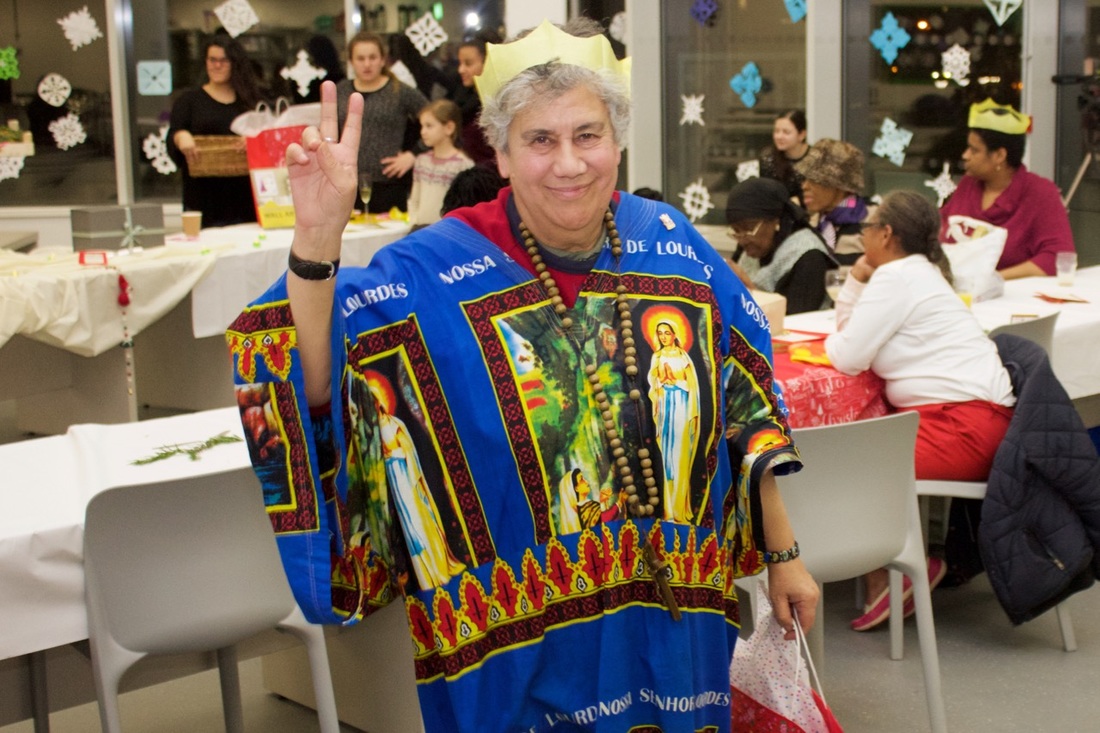
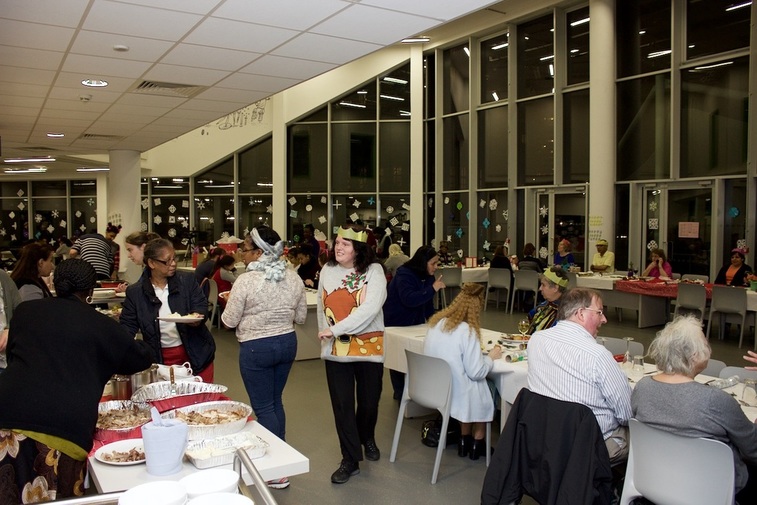
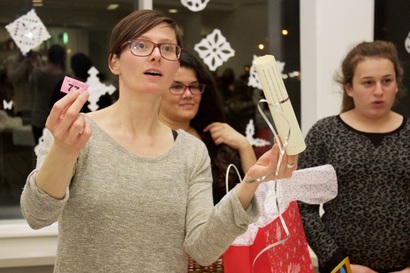
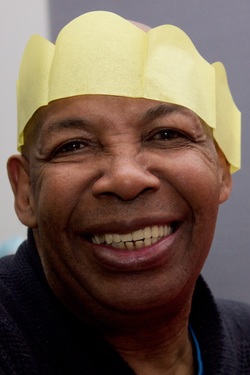
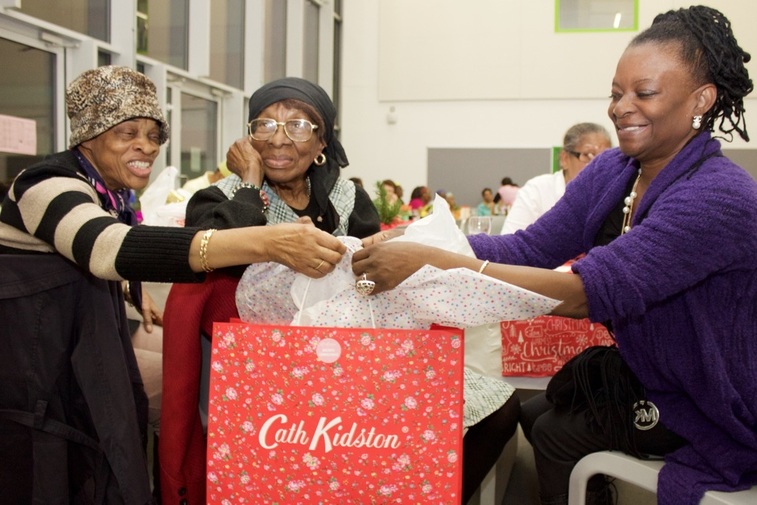
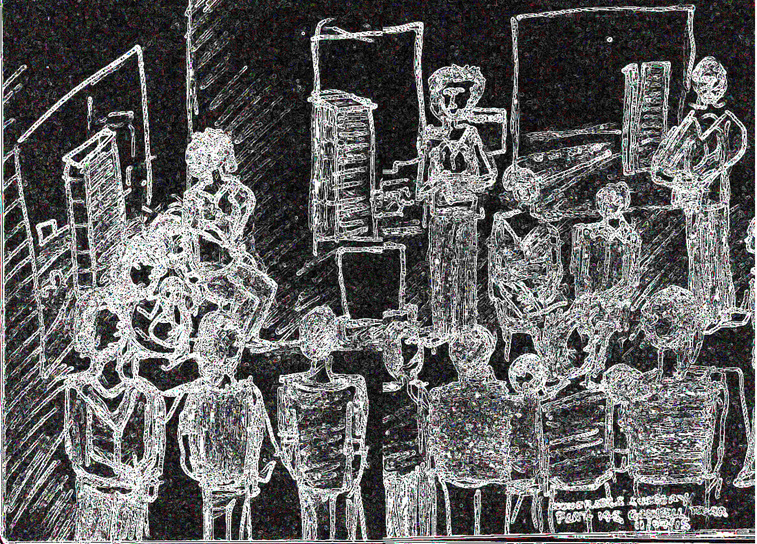
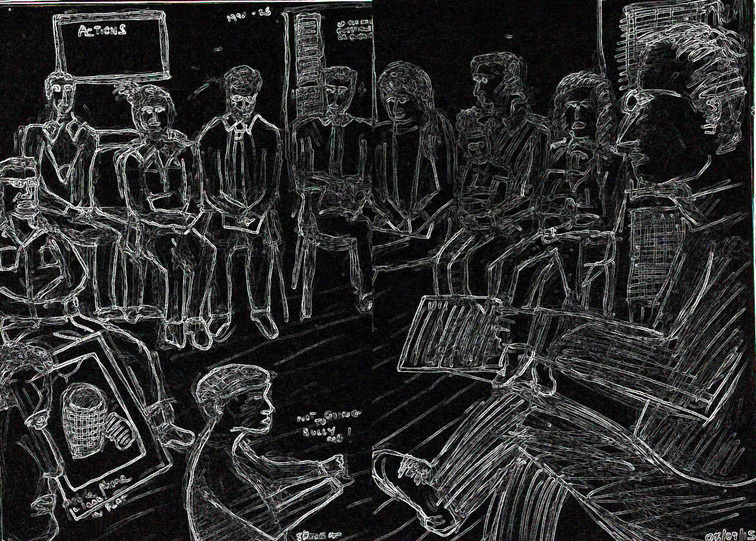
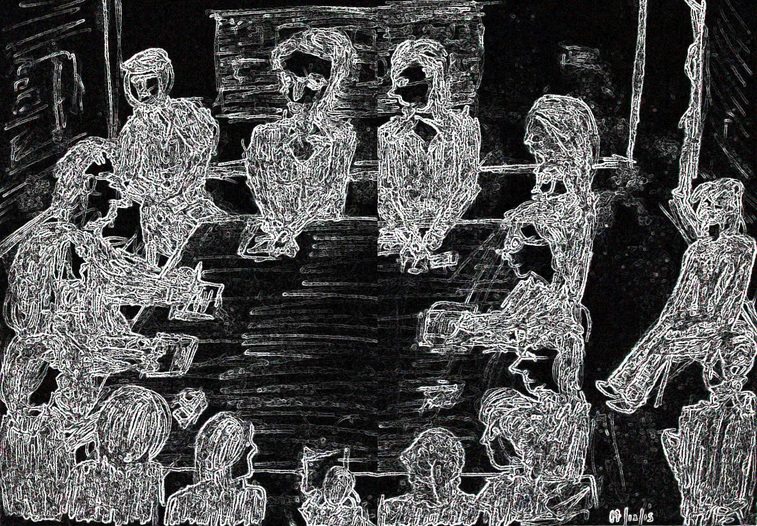
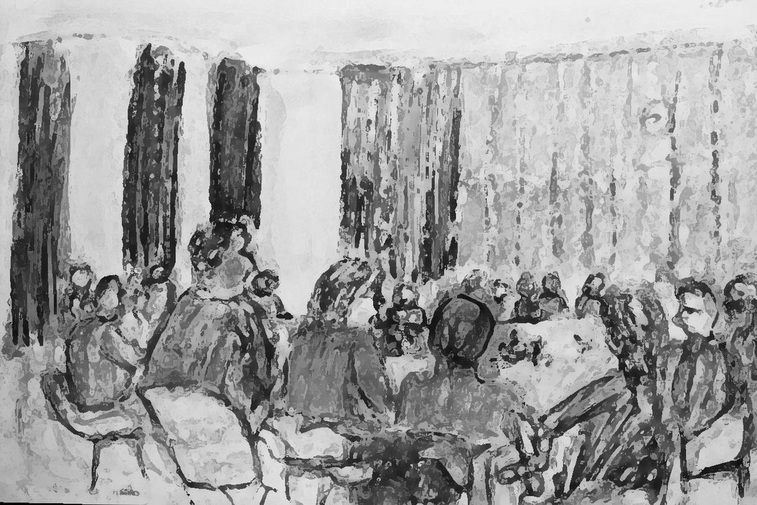
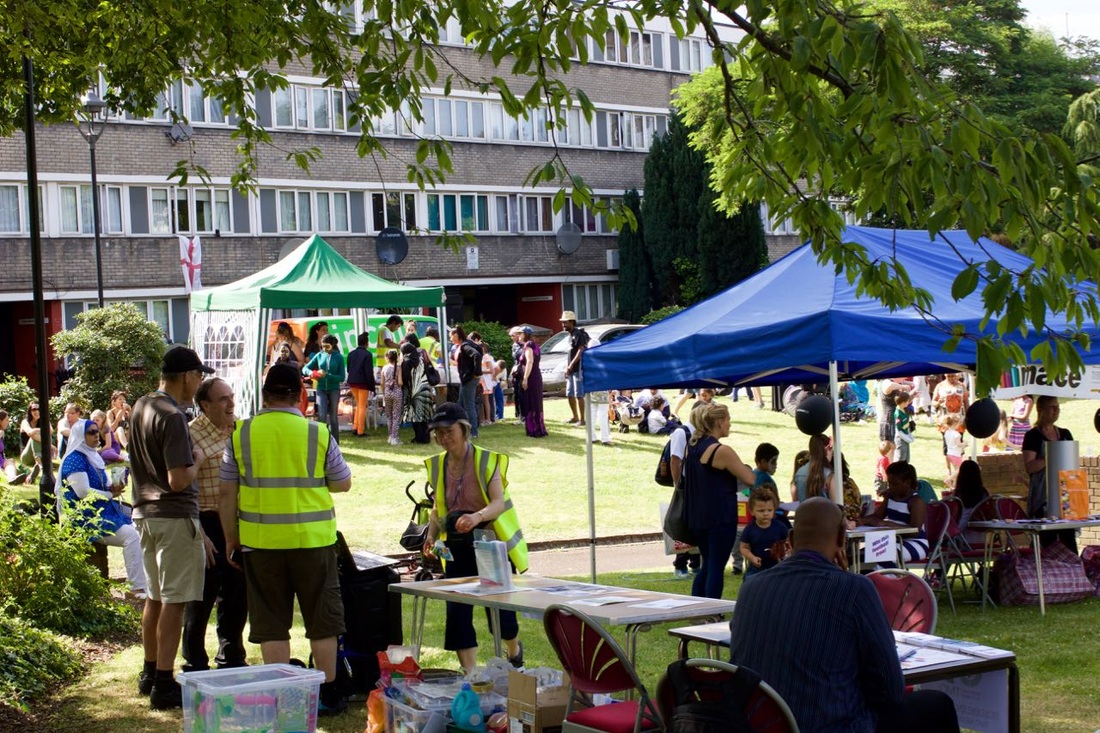
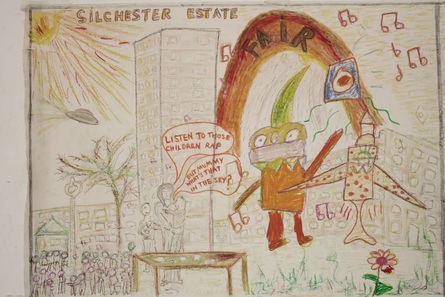
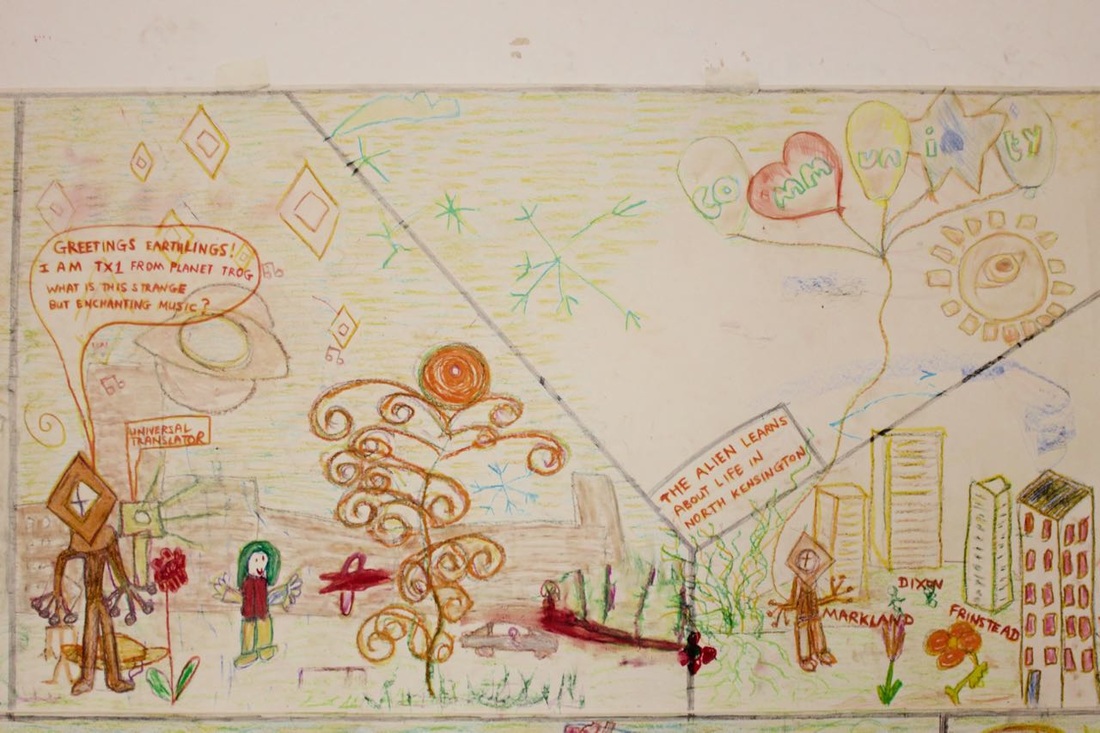
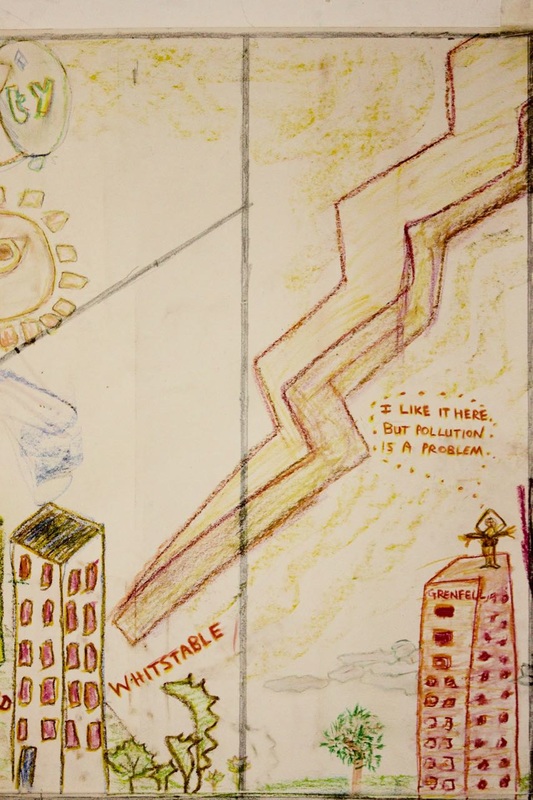
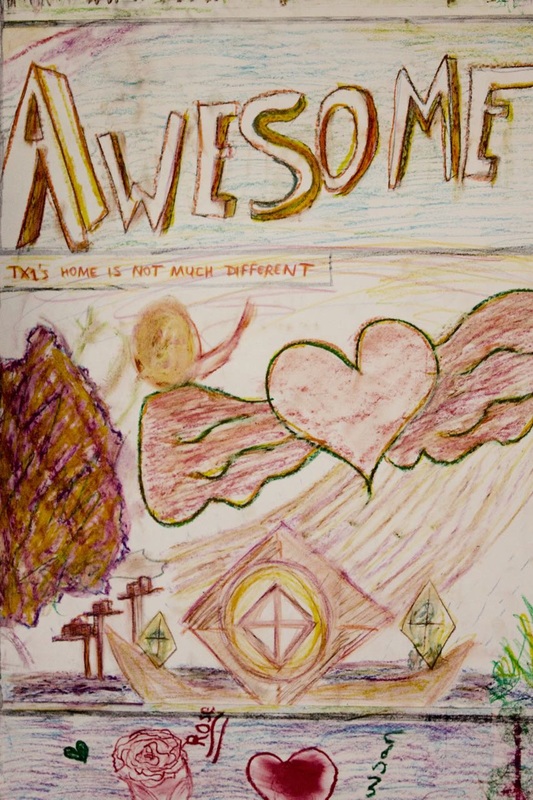
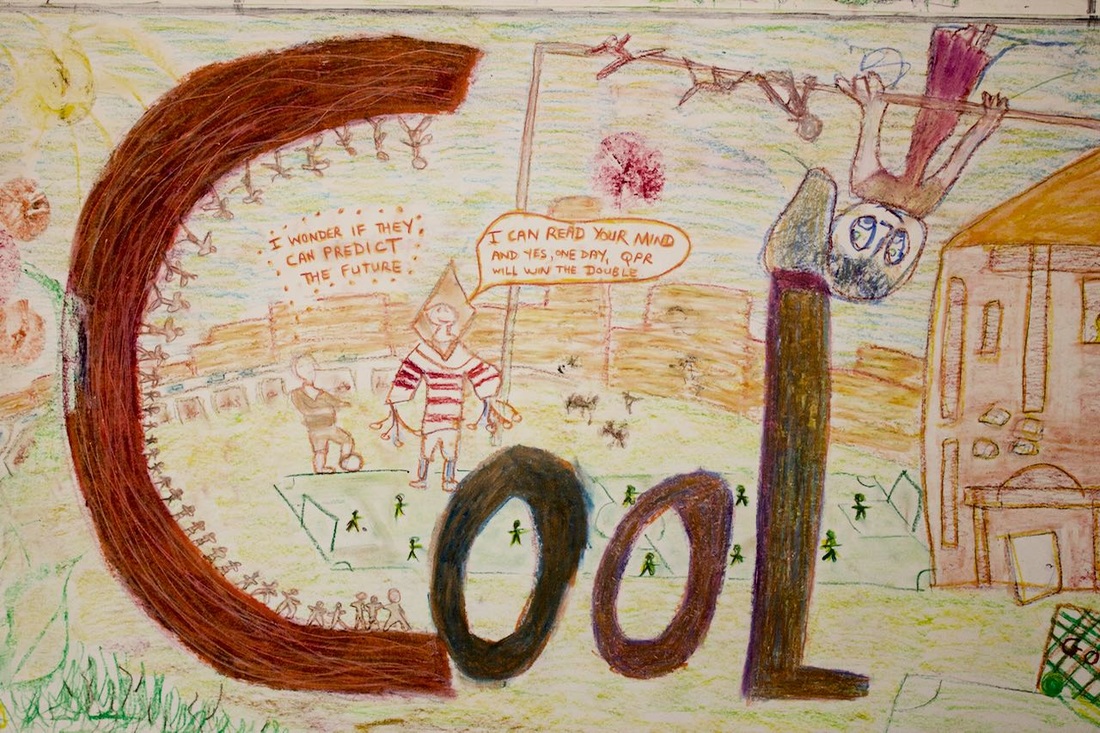
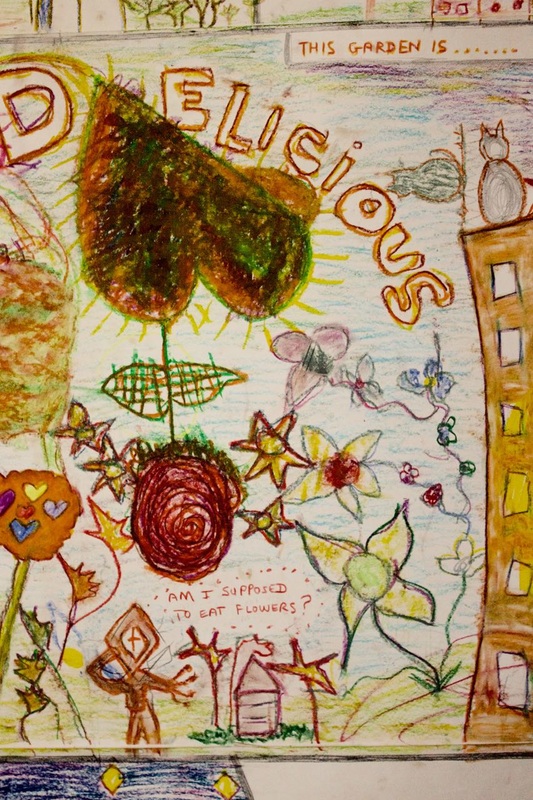
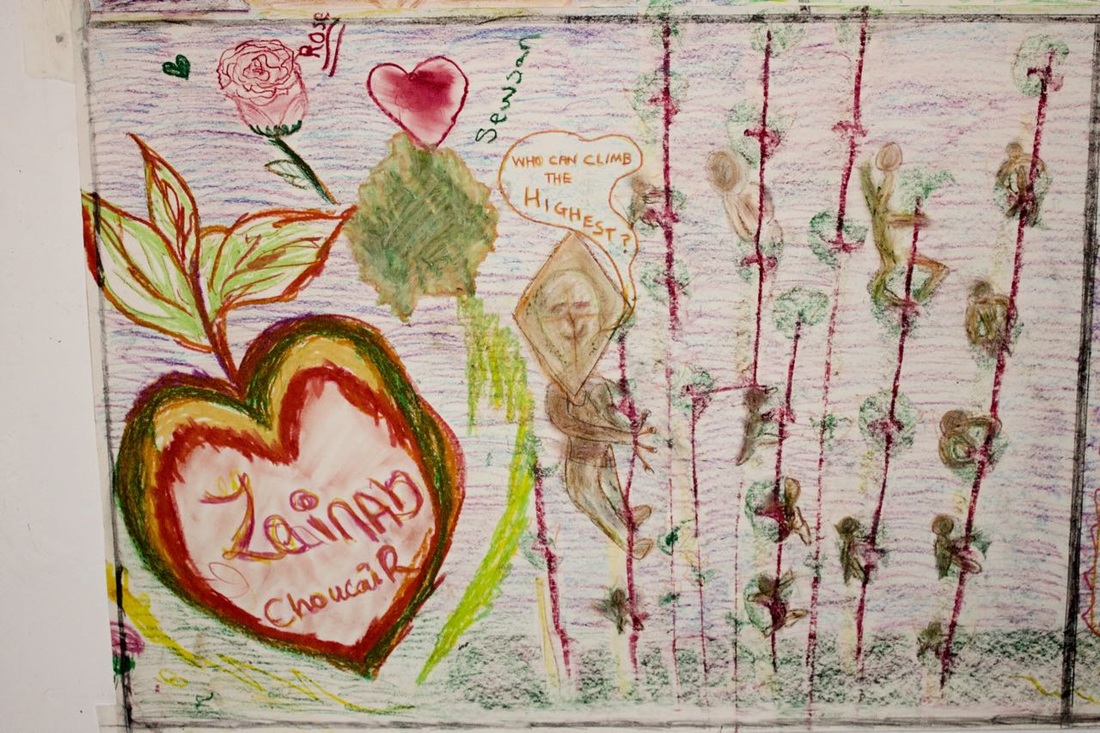
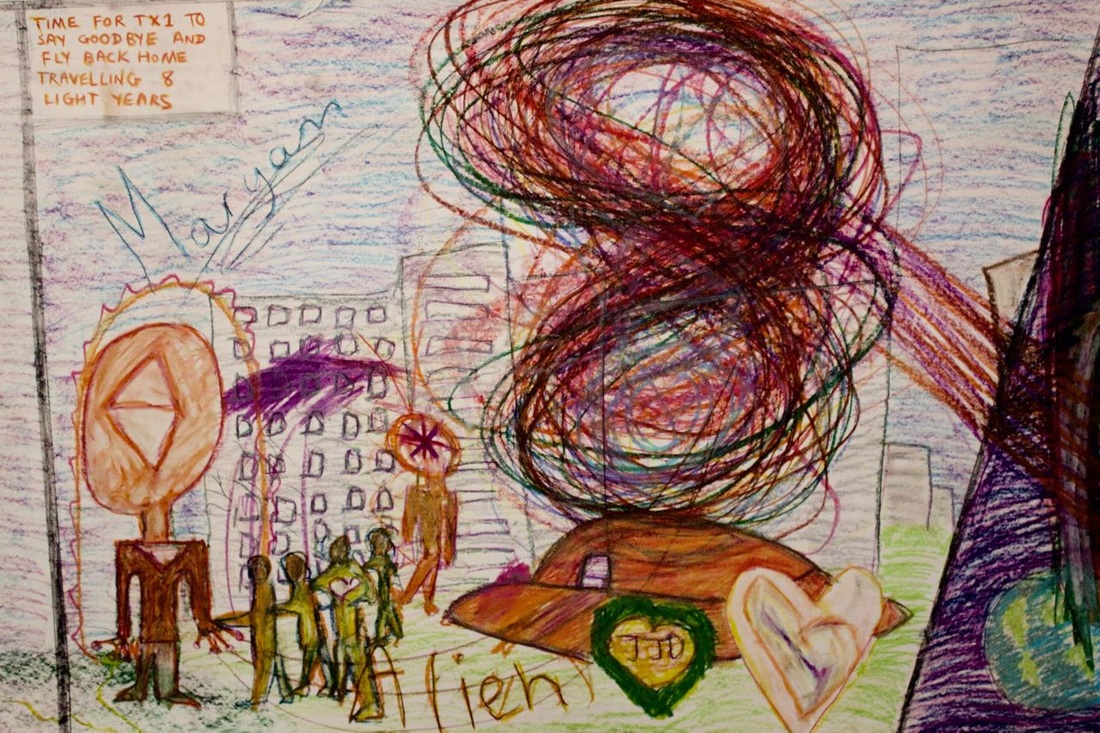
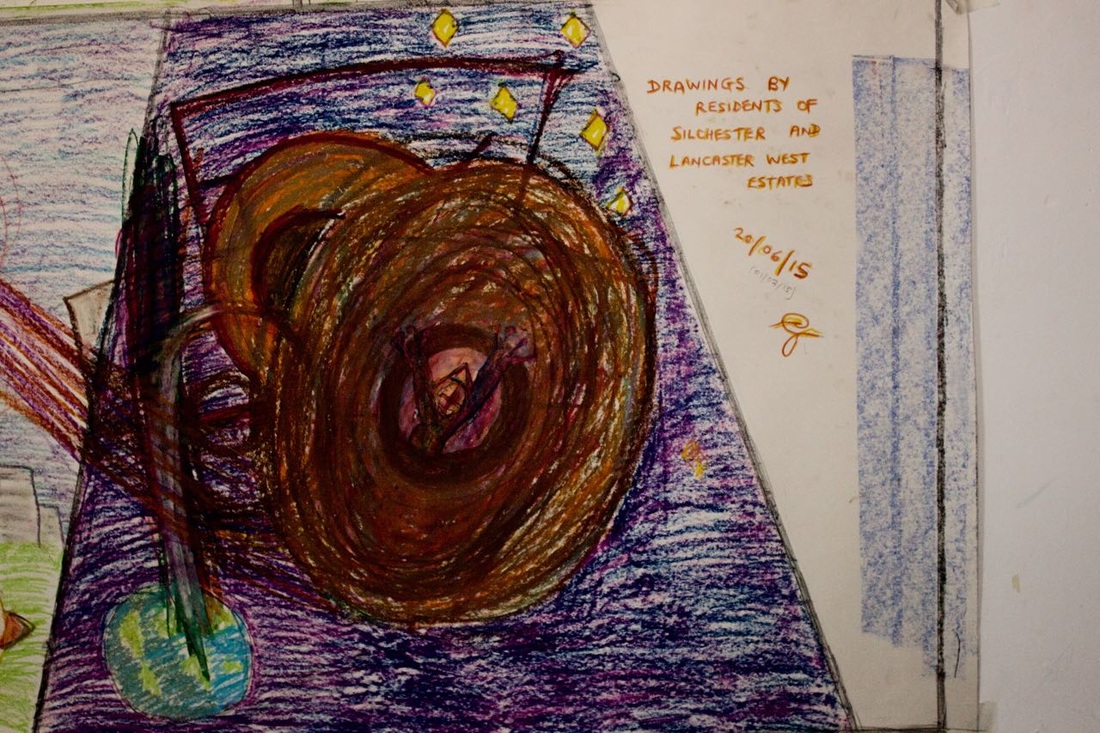
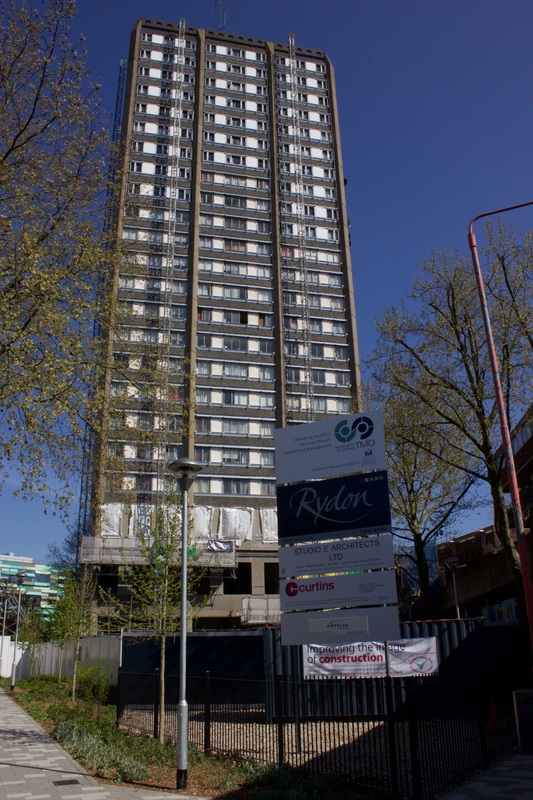
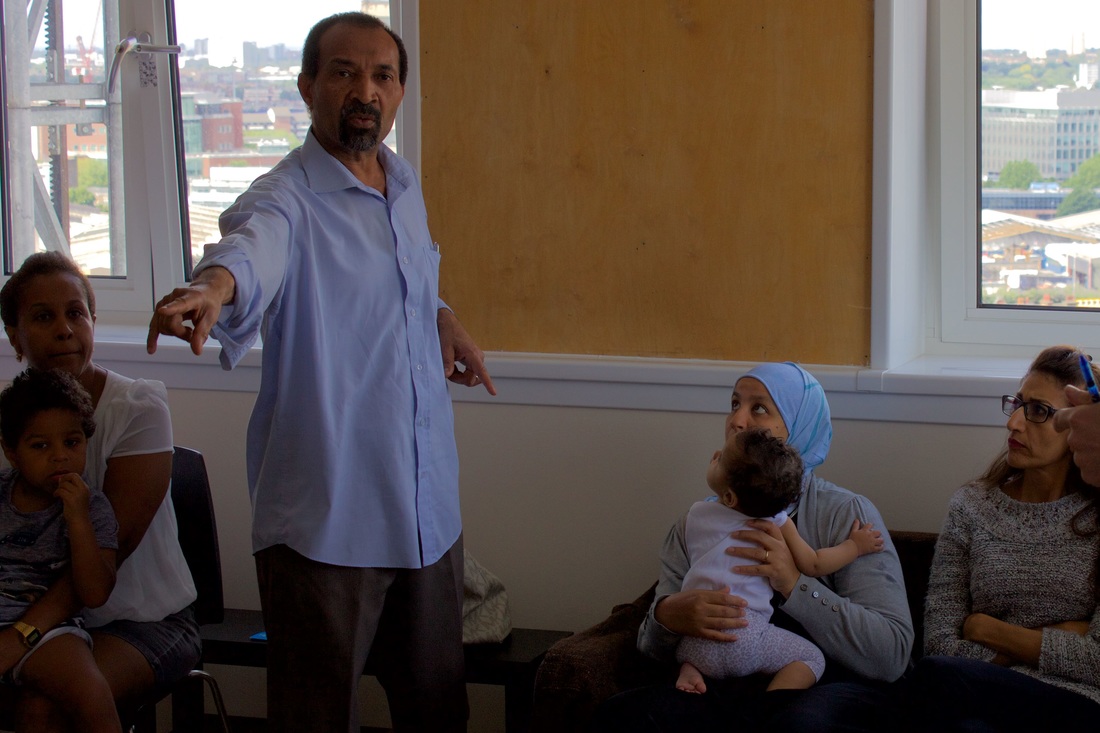
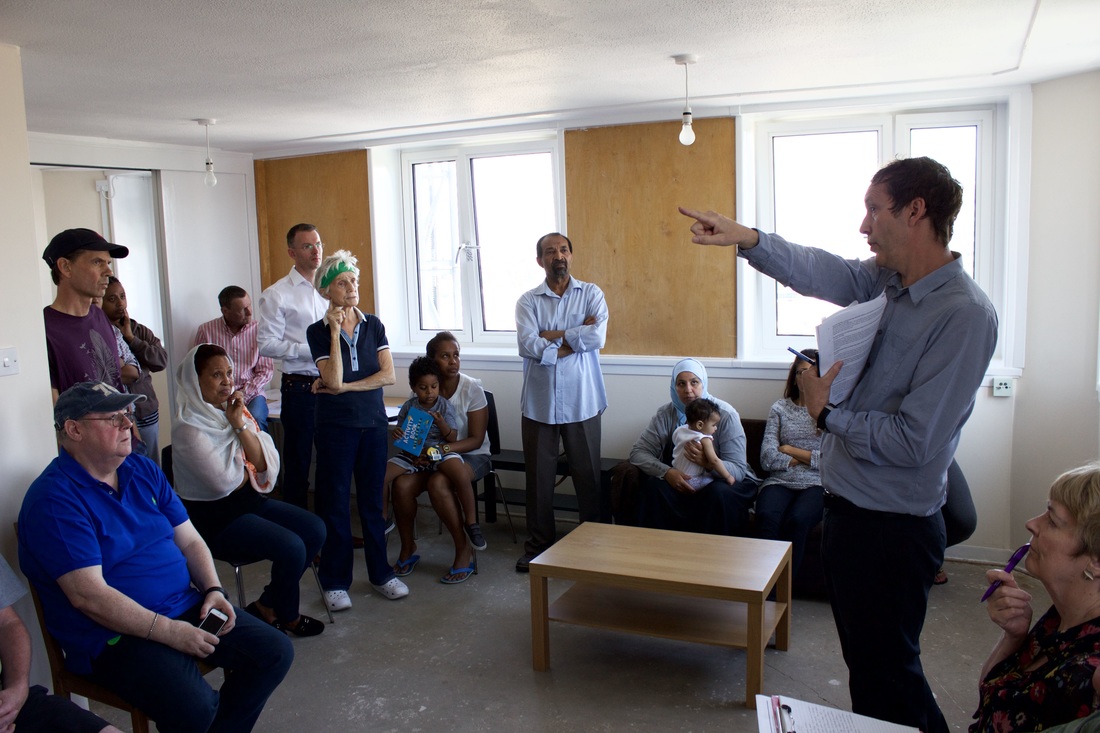
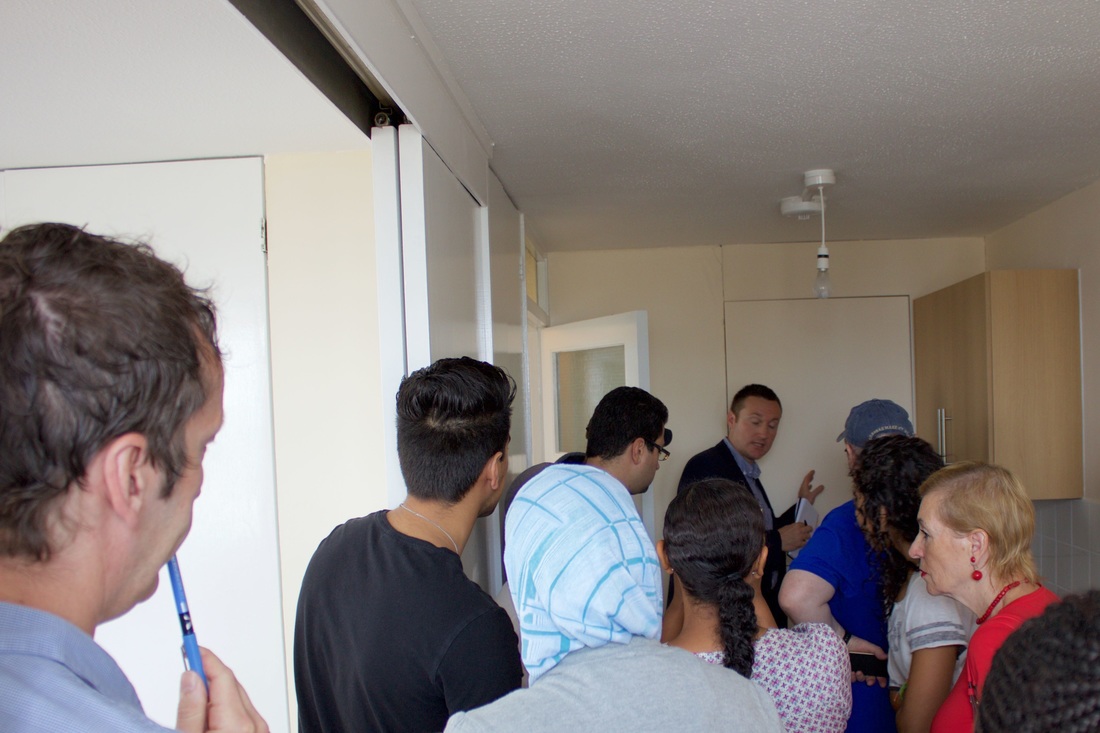
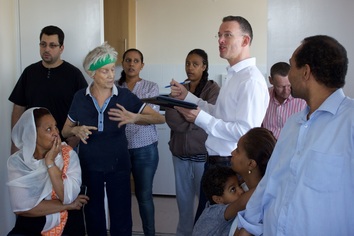
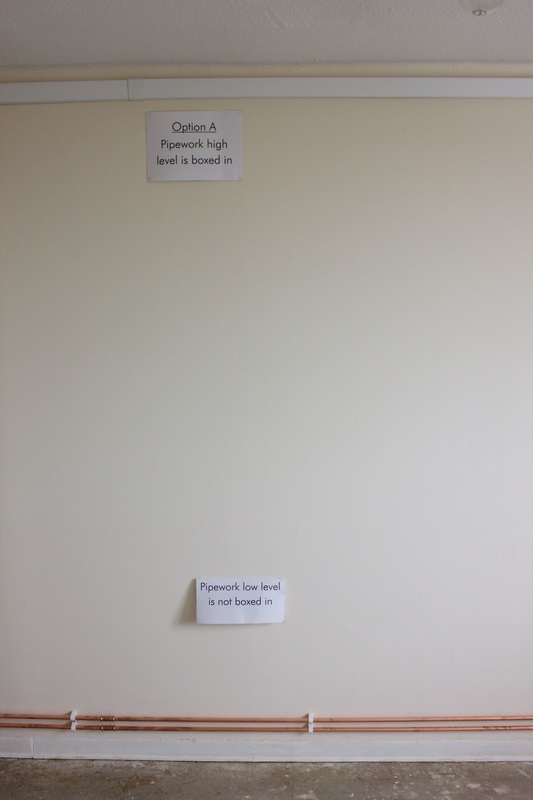
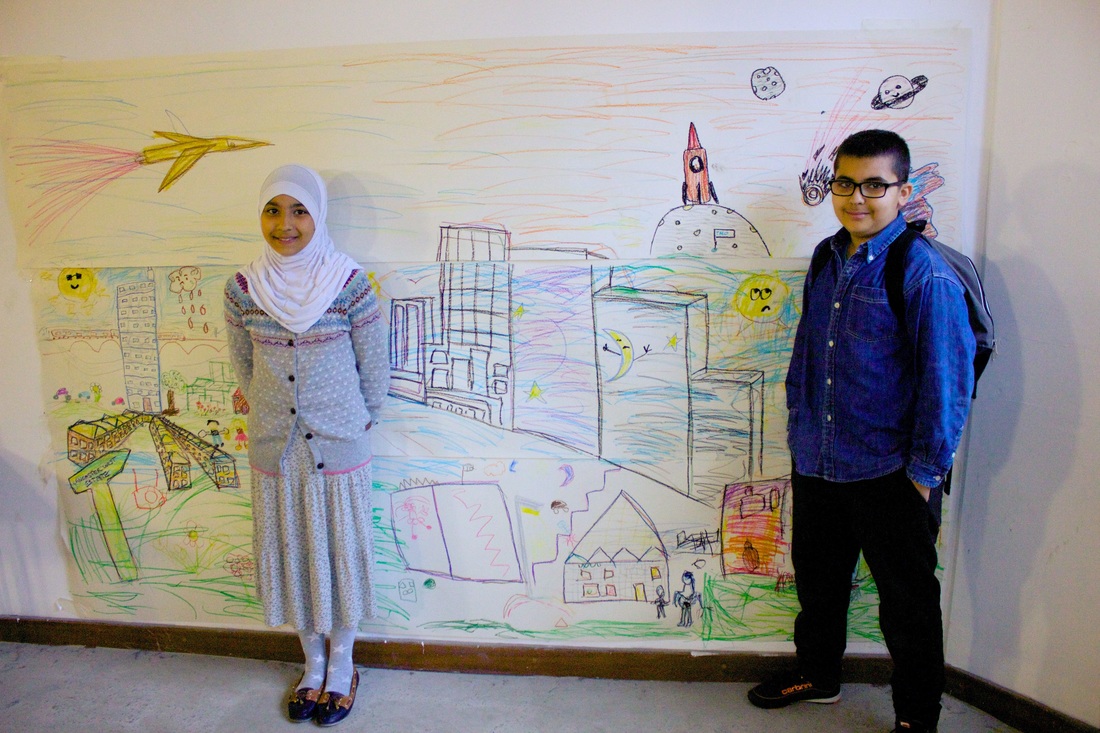
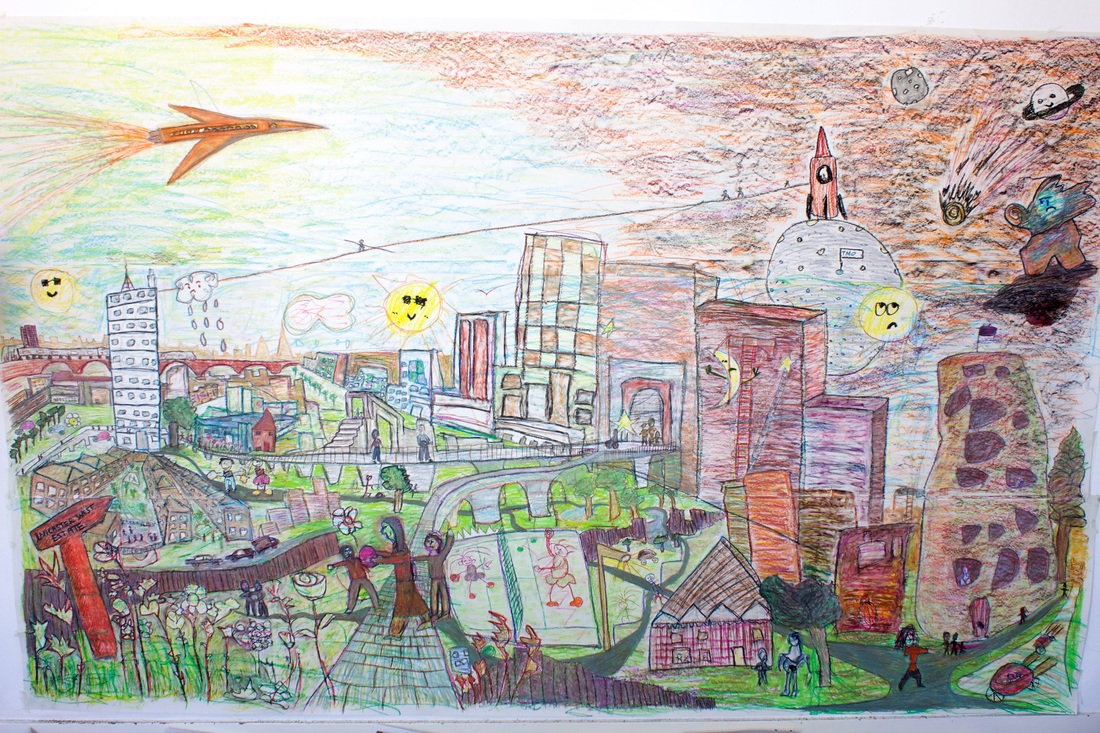
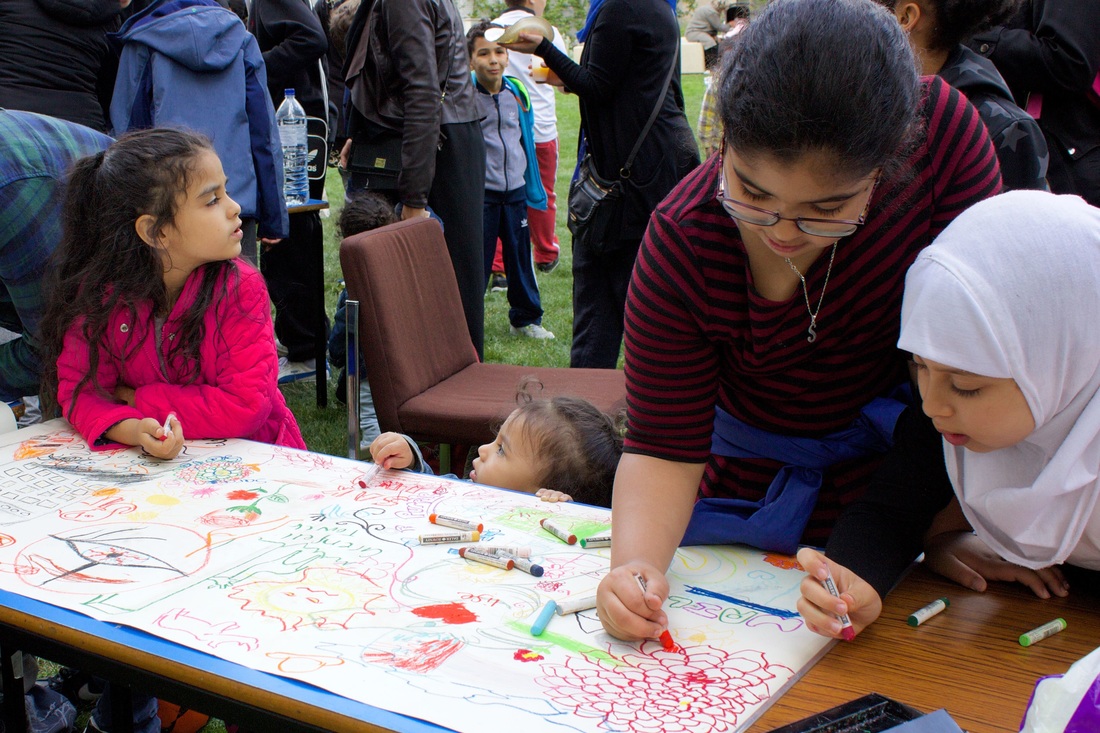
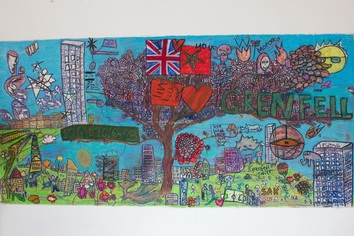

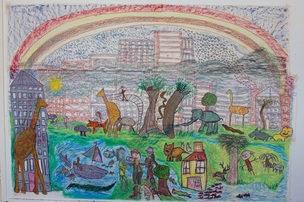
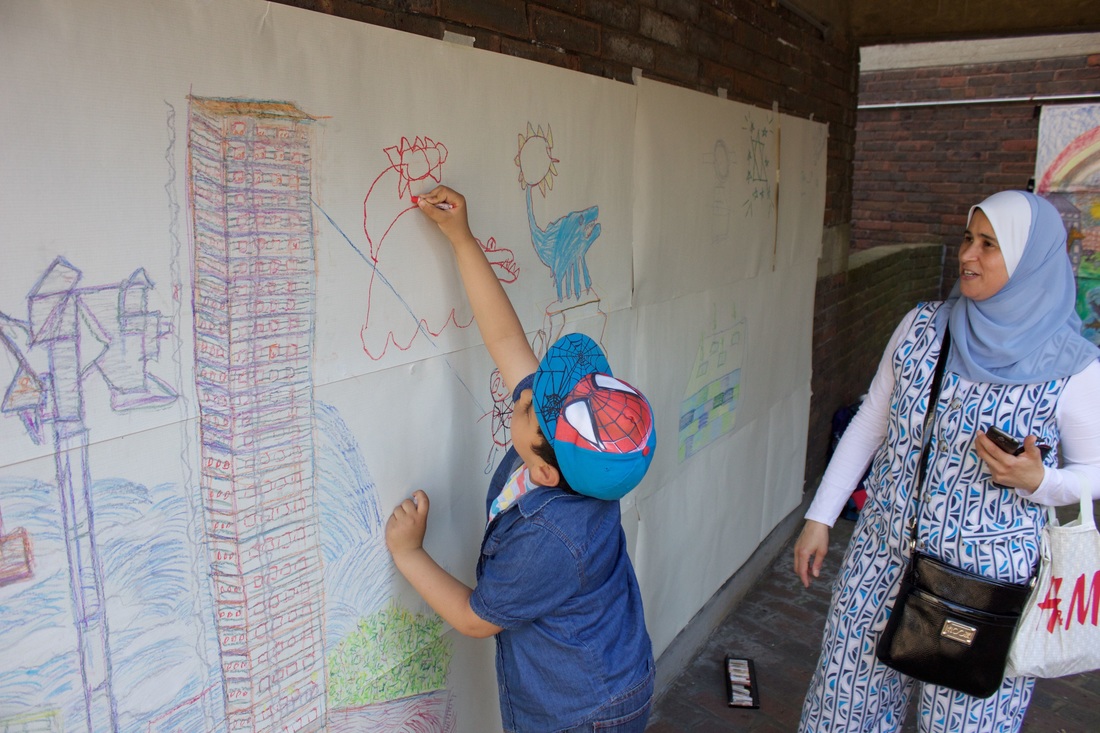
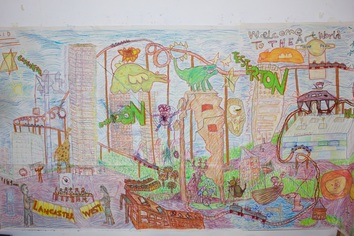
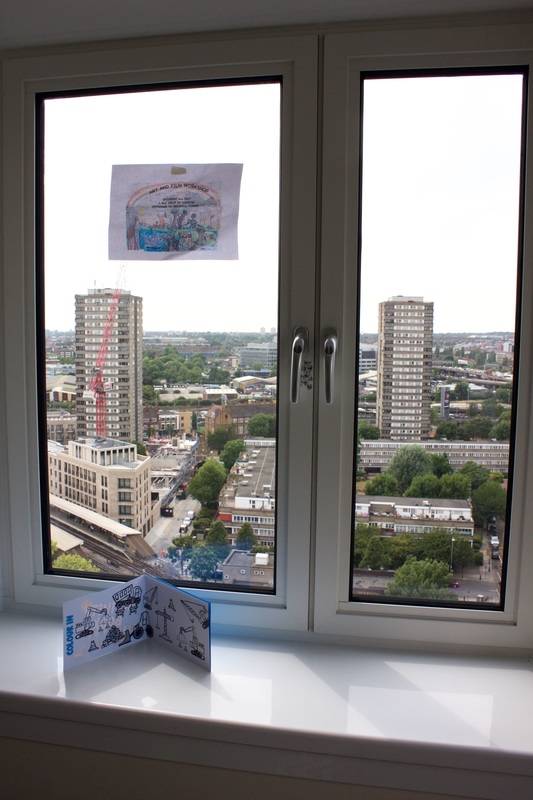
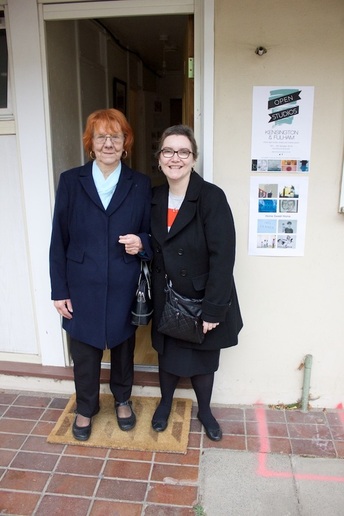
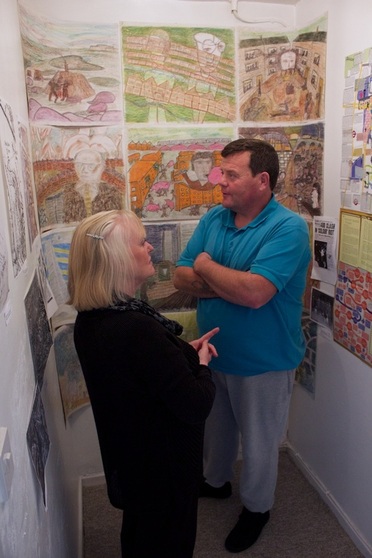
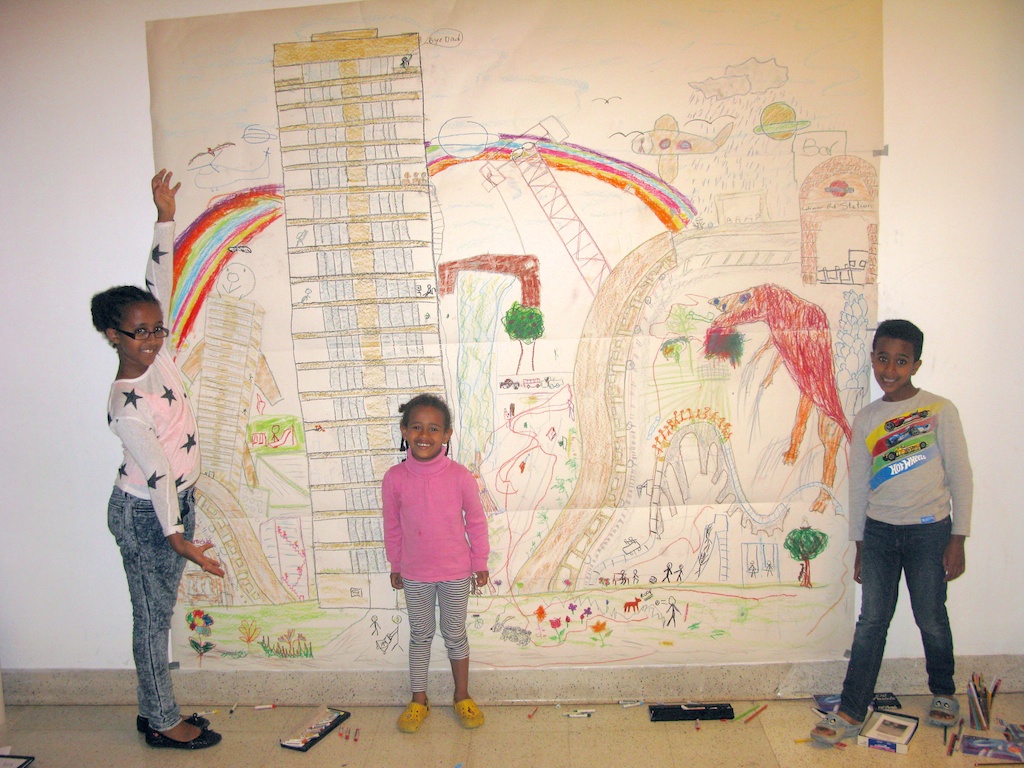
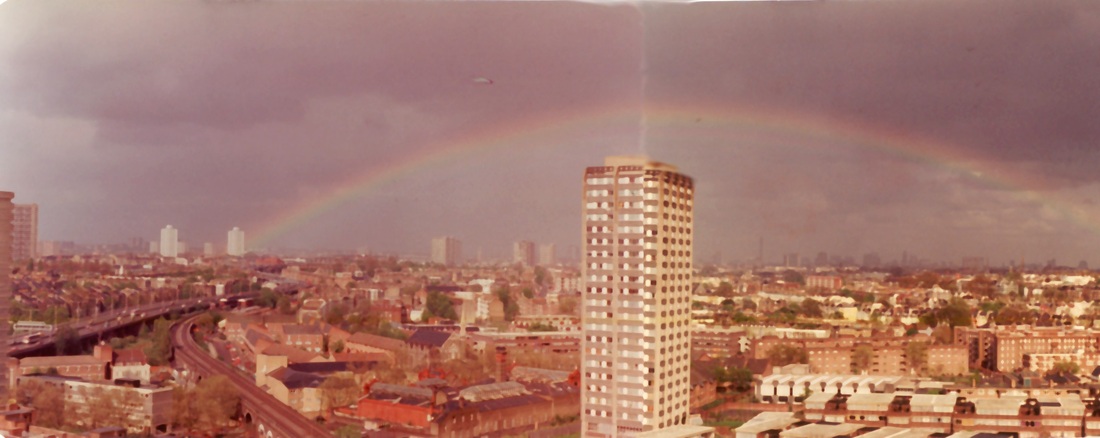
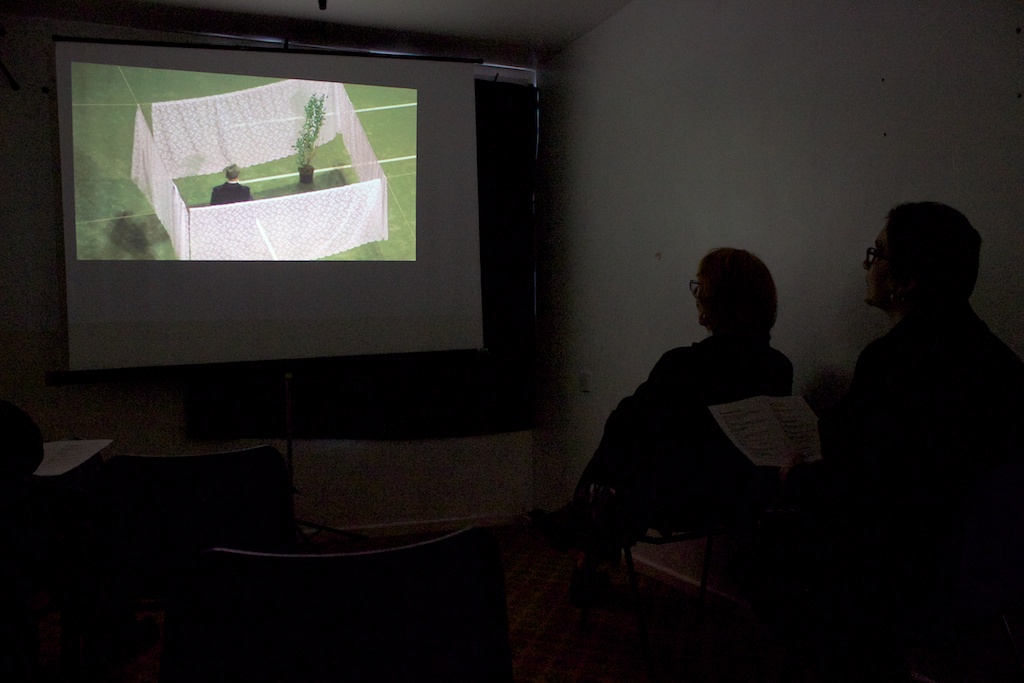
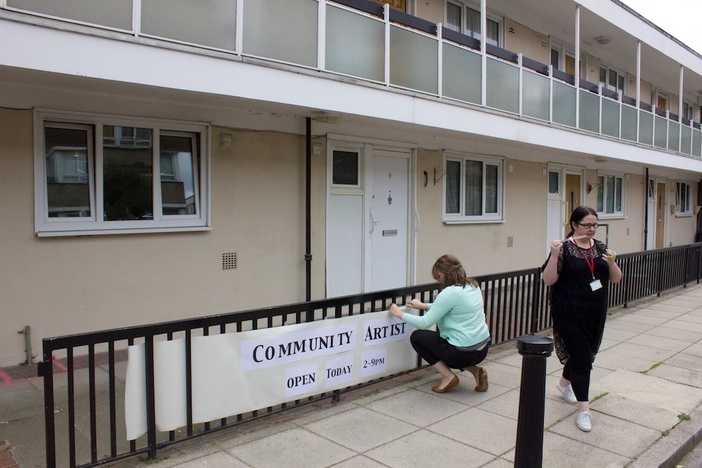
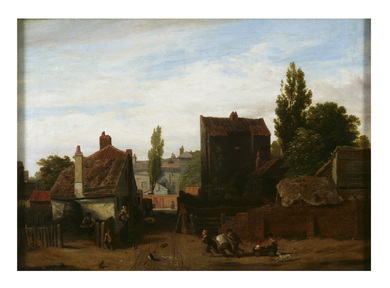
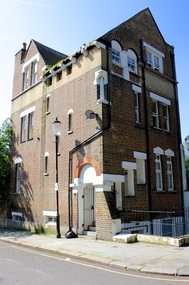
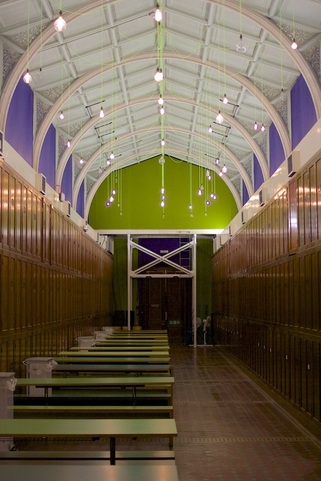
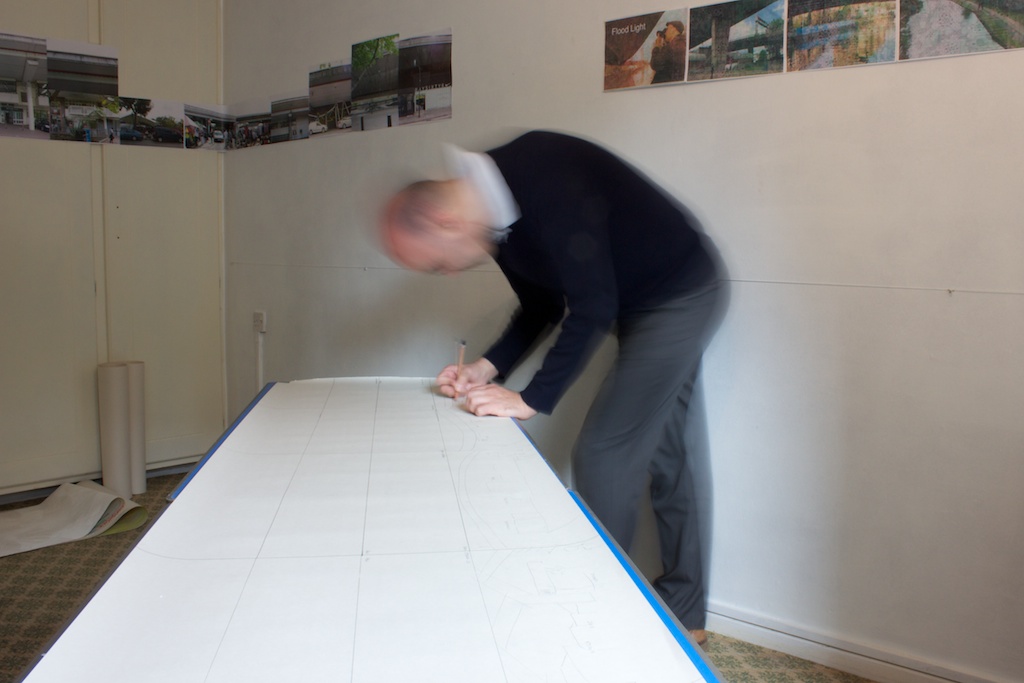
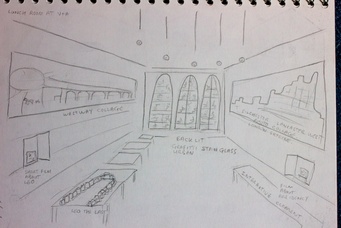
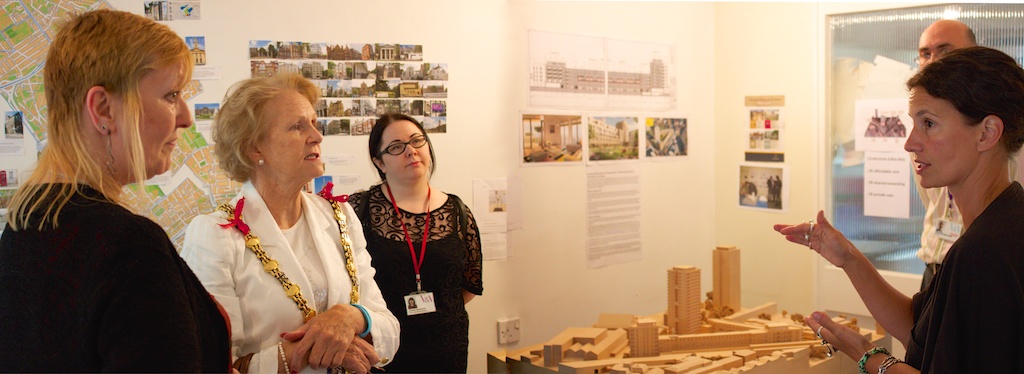
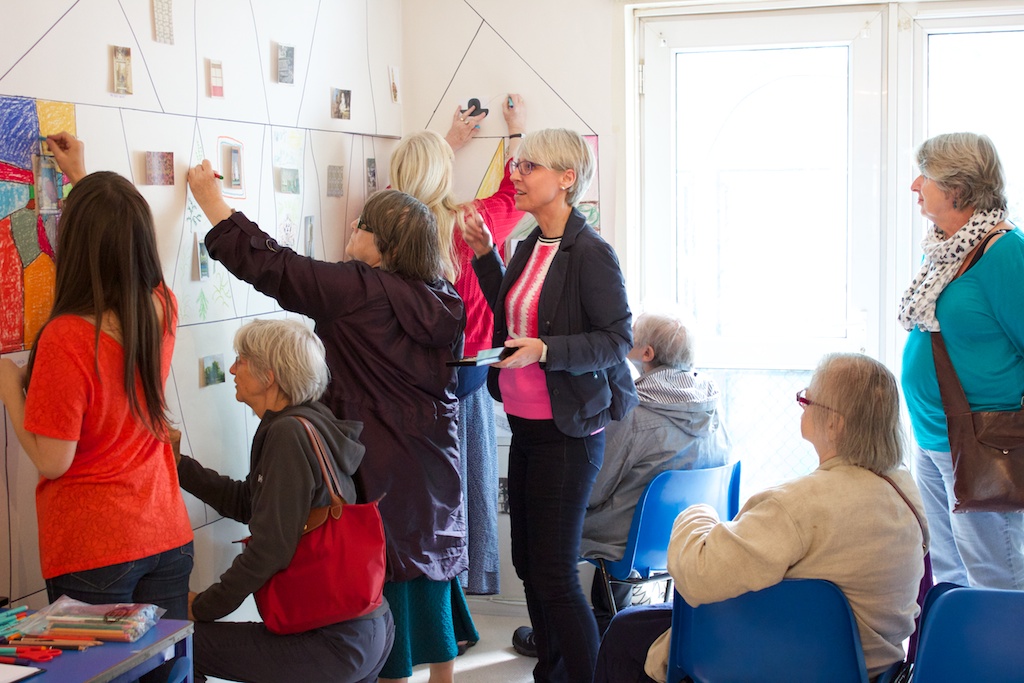
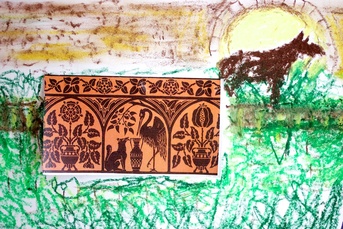
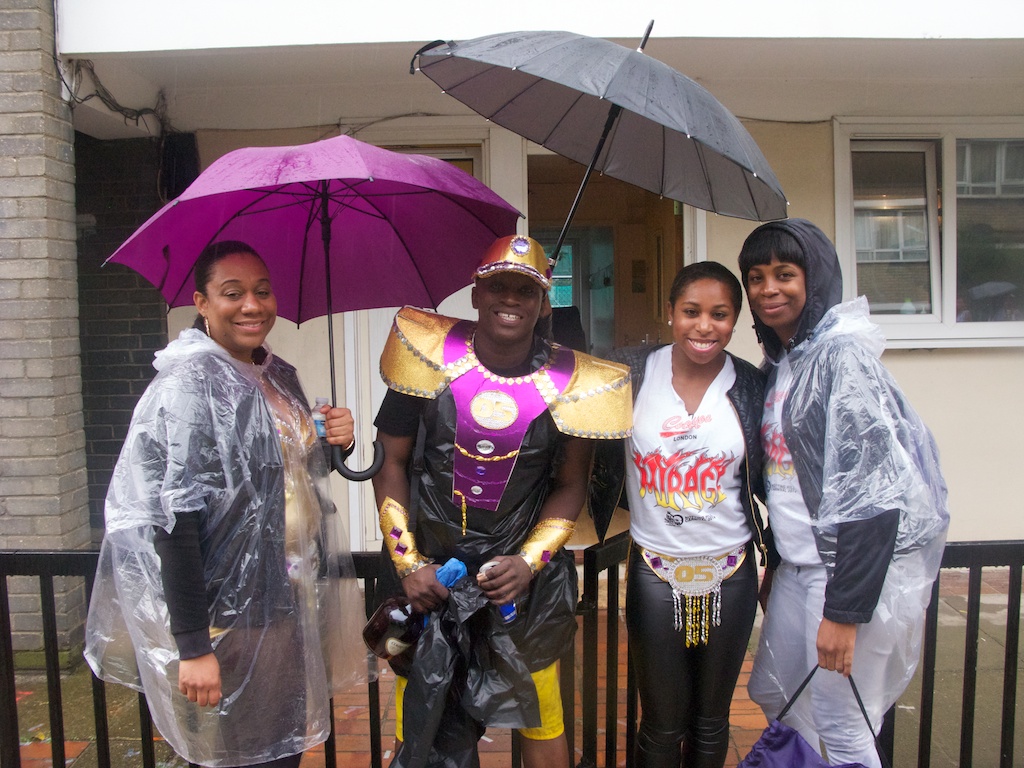
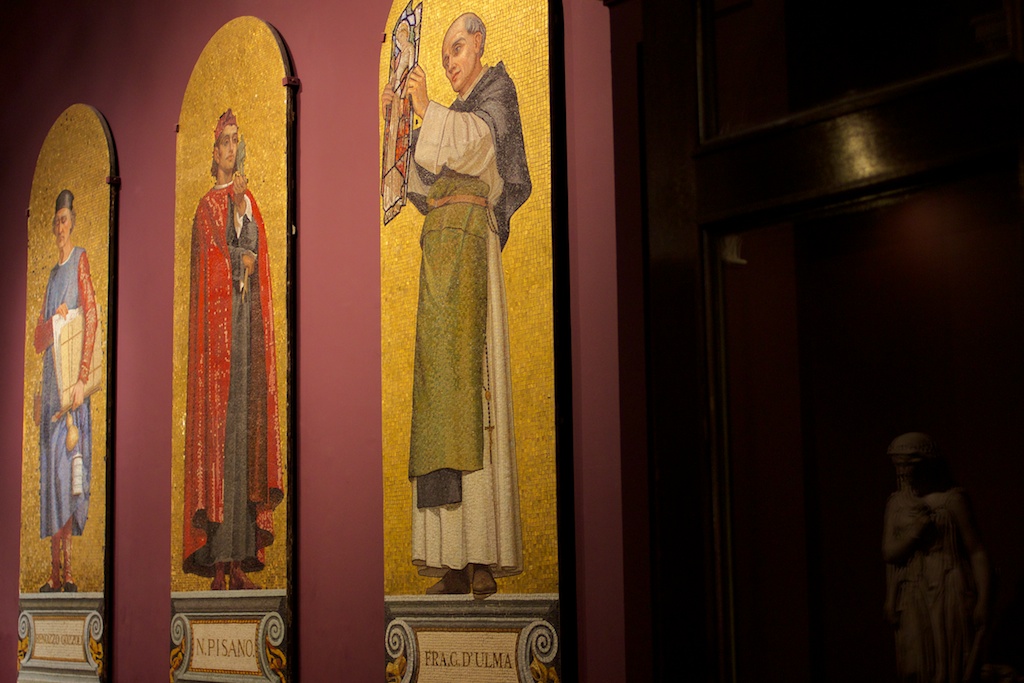

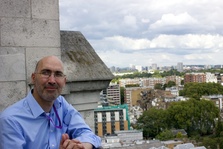

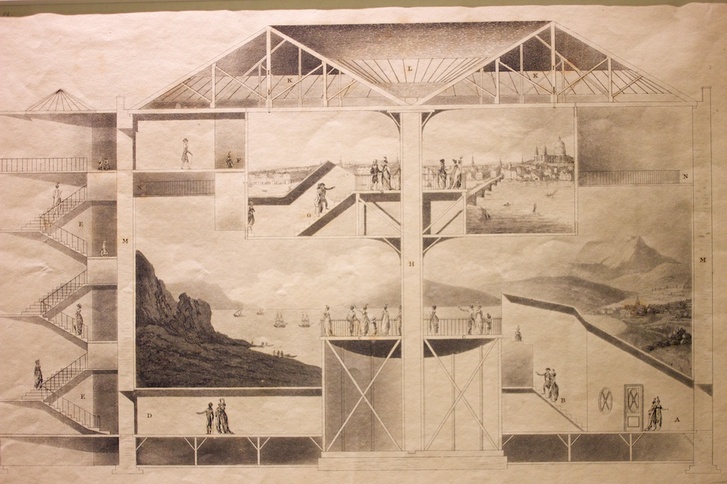

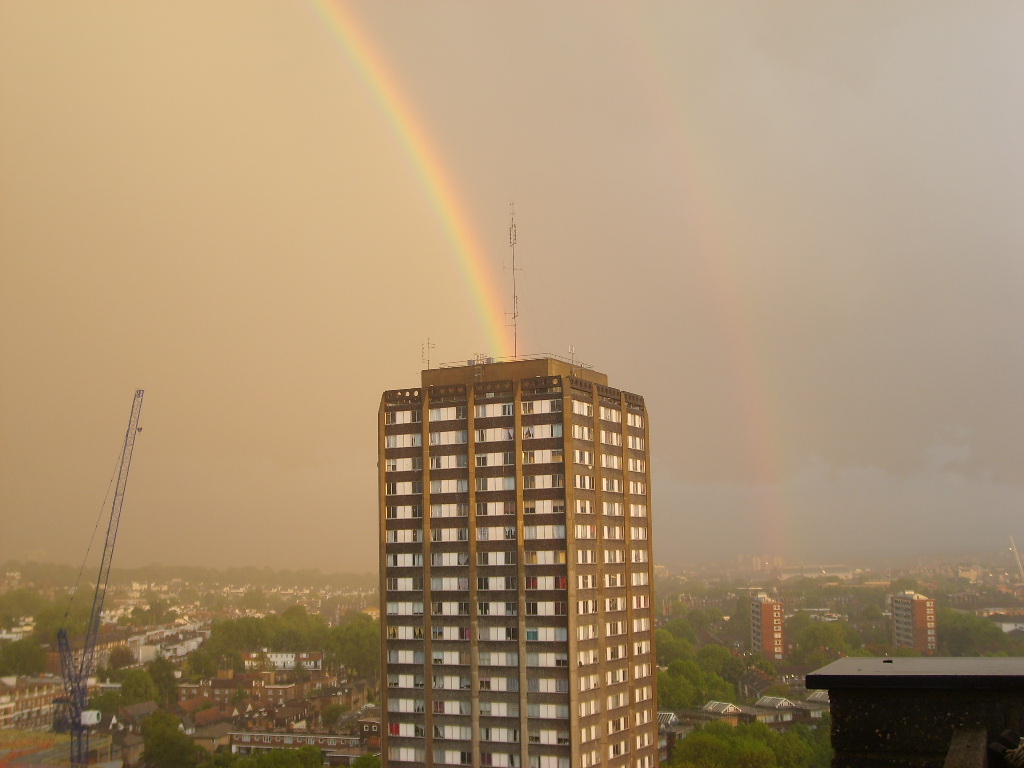
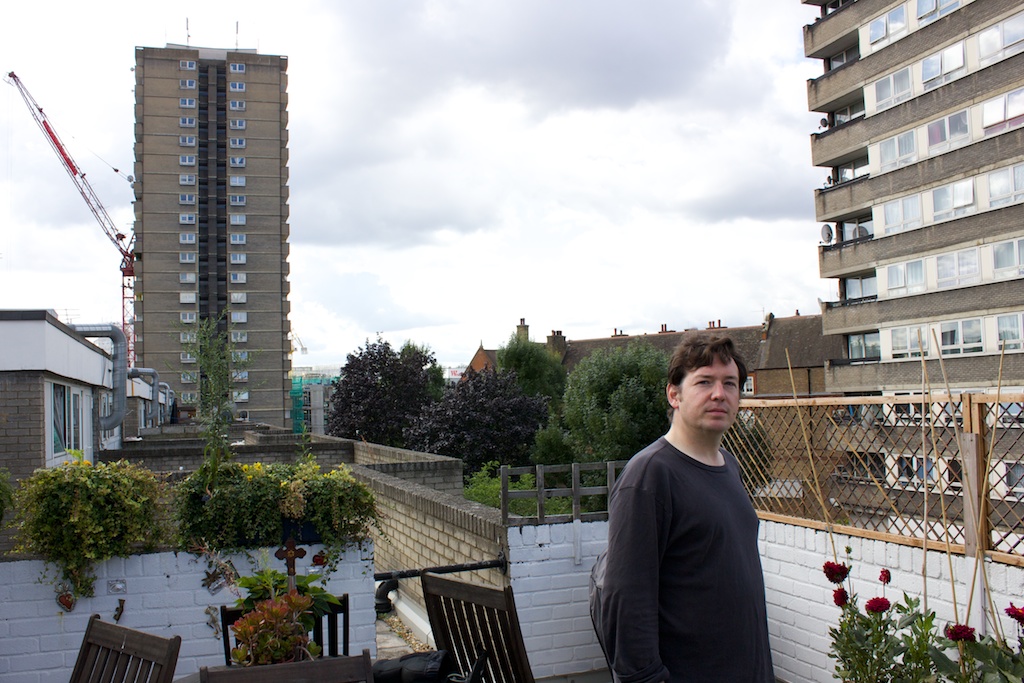
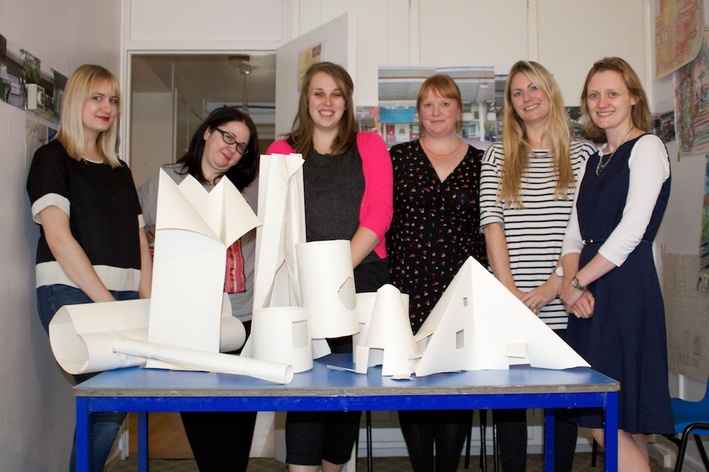
 RSS Feed
RSS Feed
